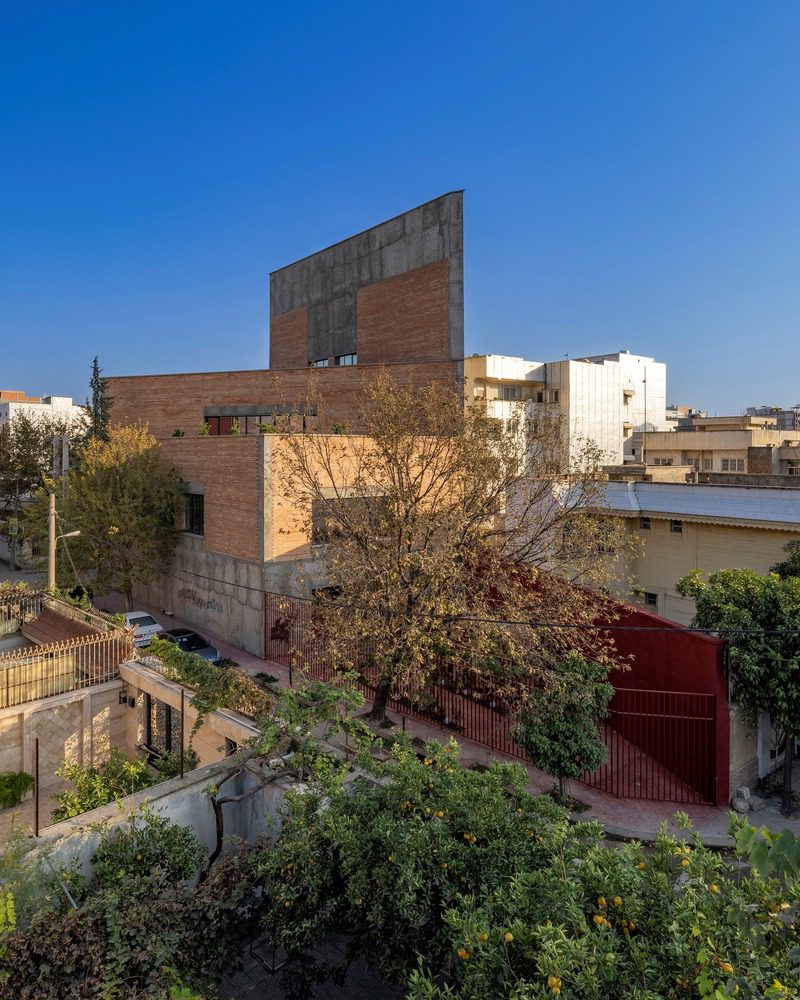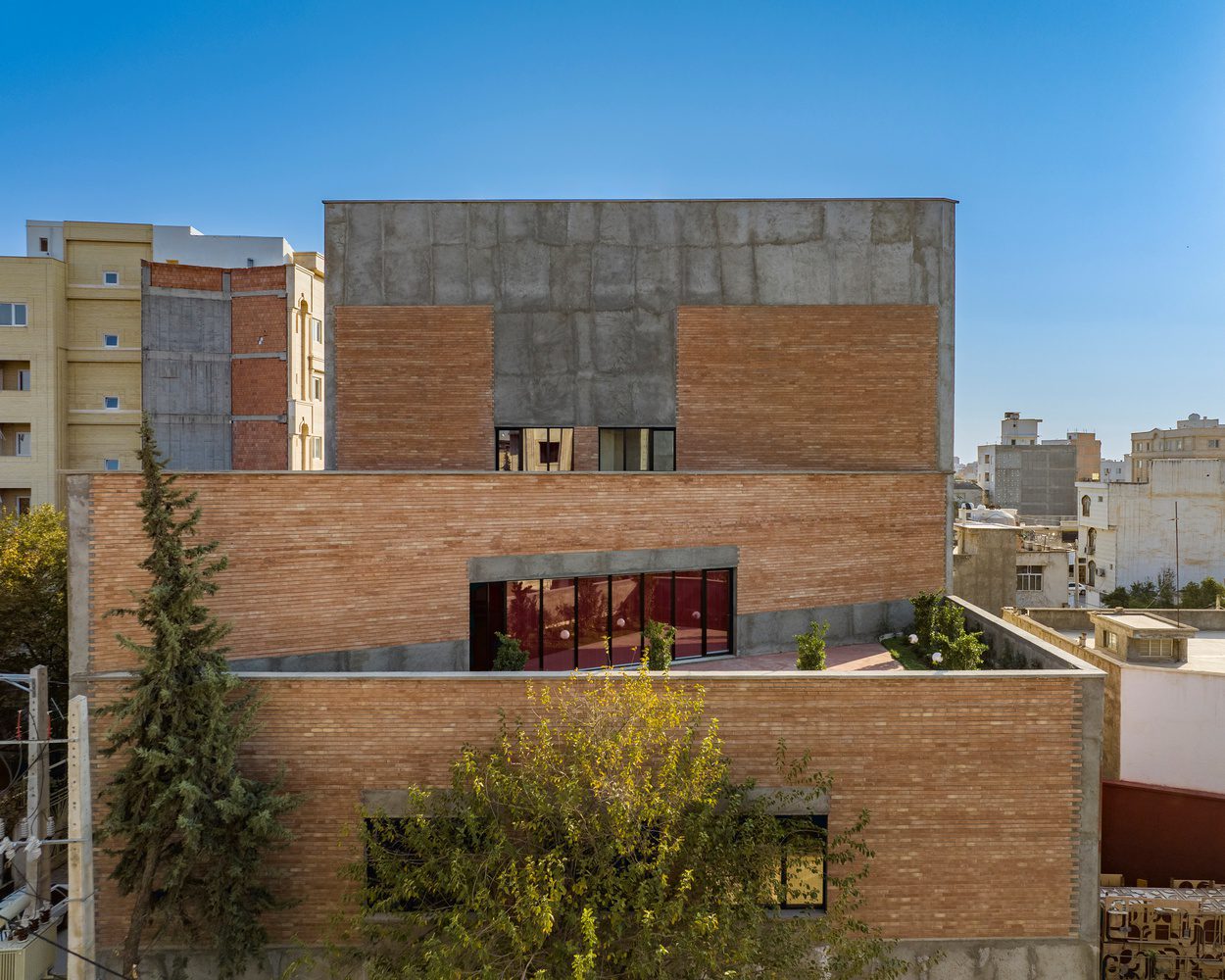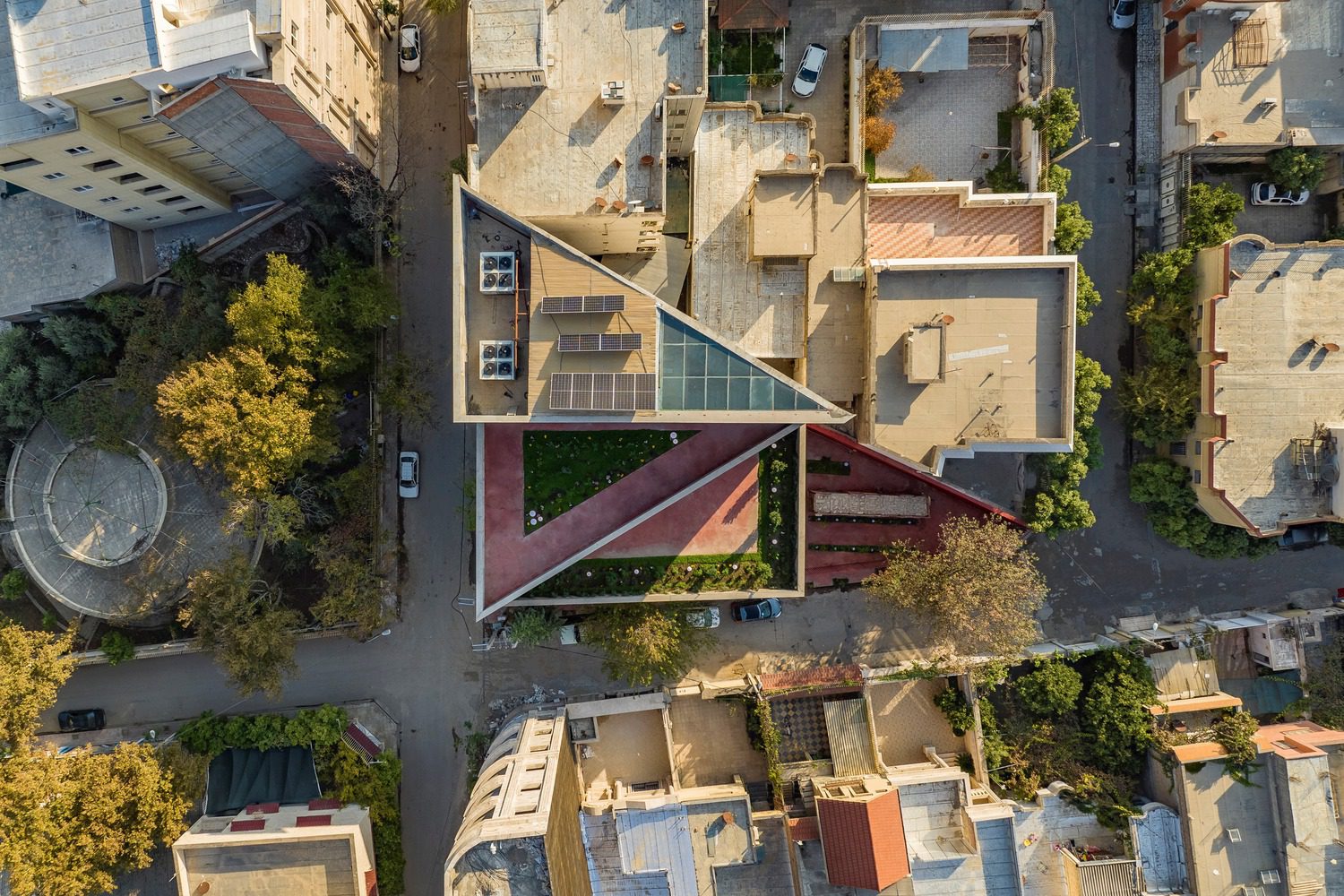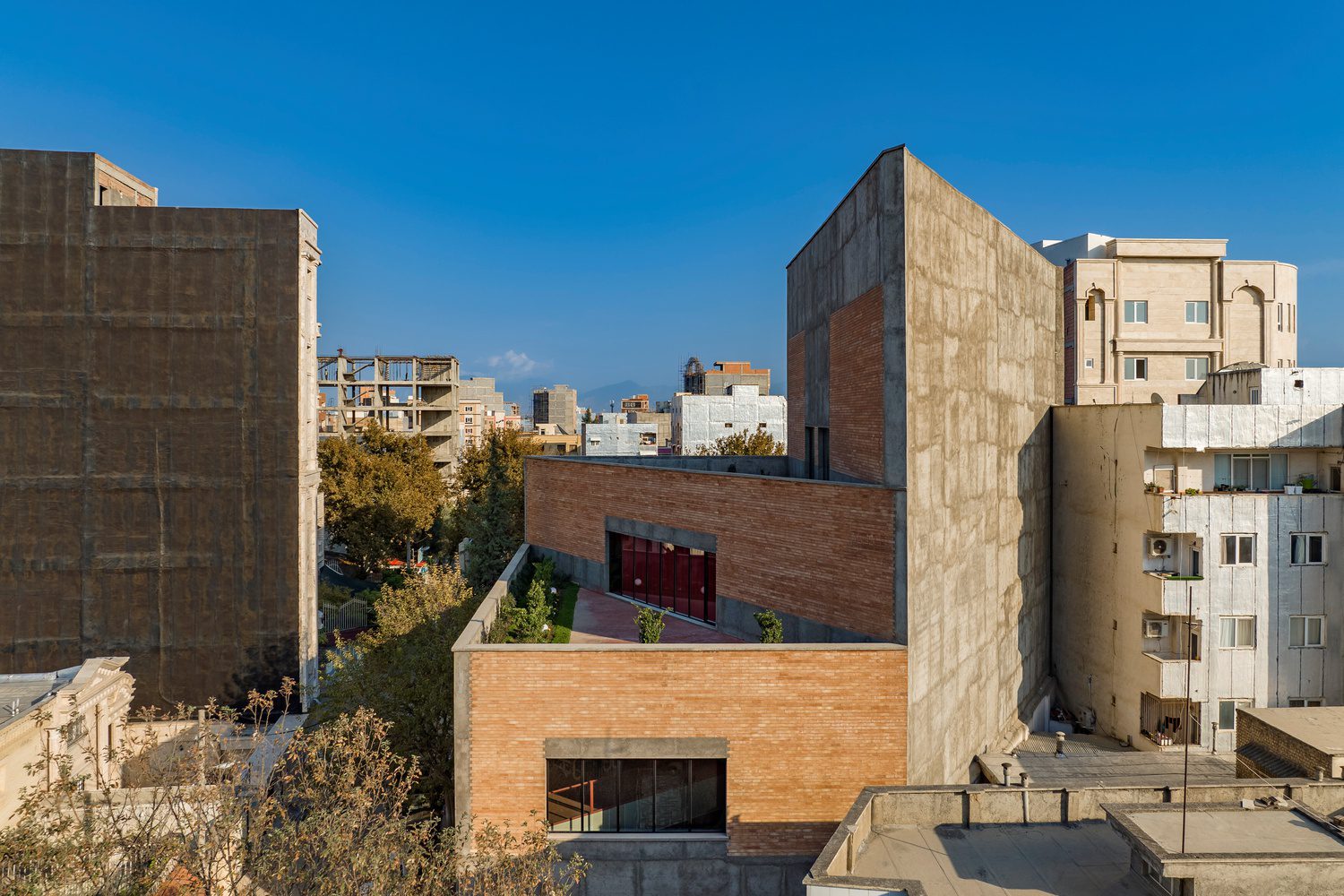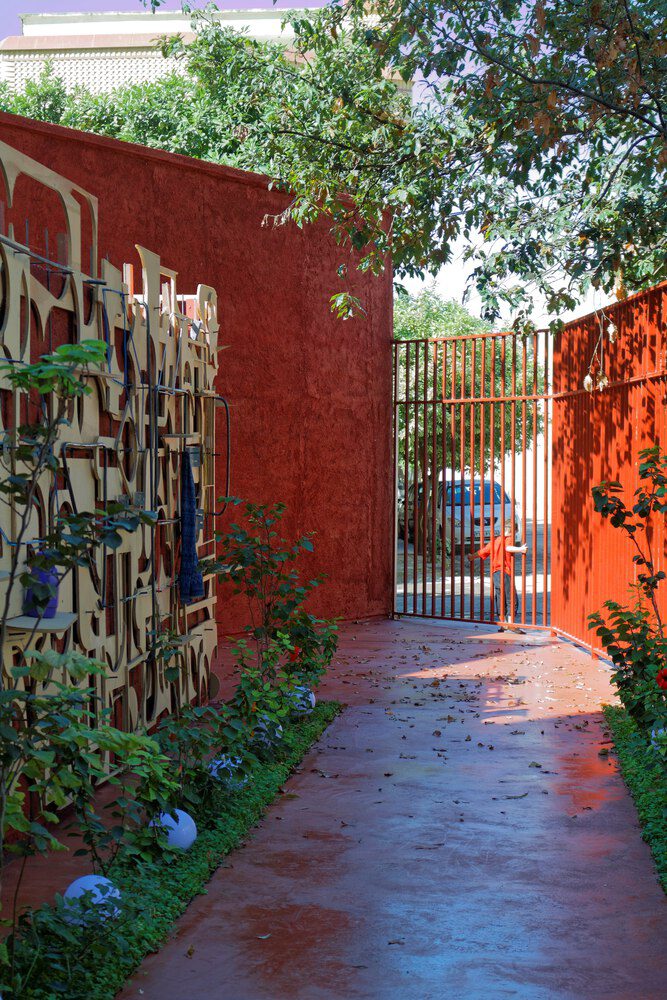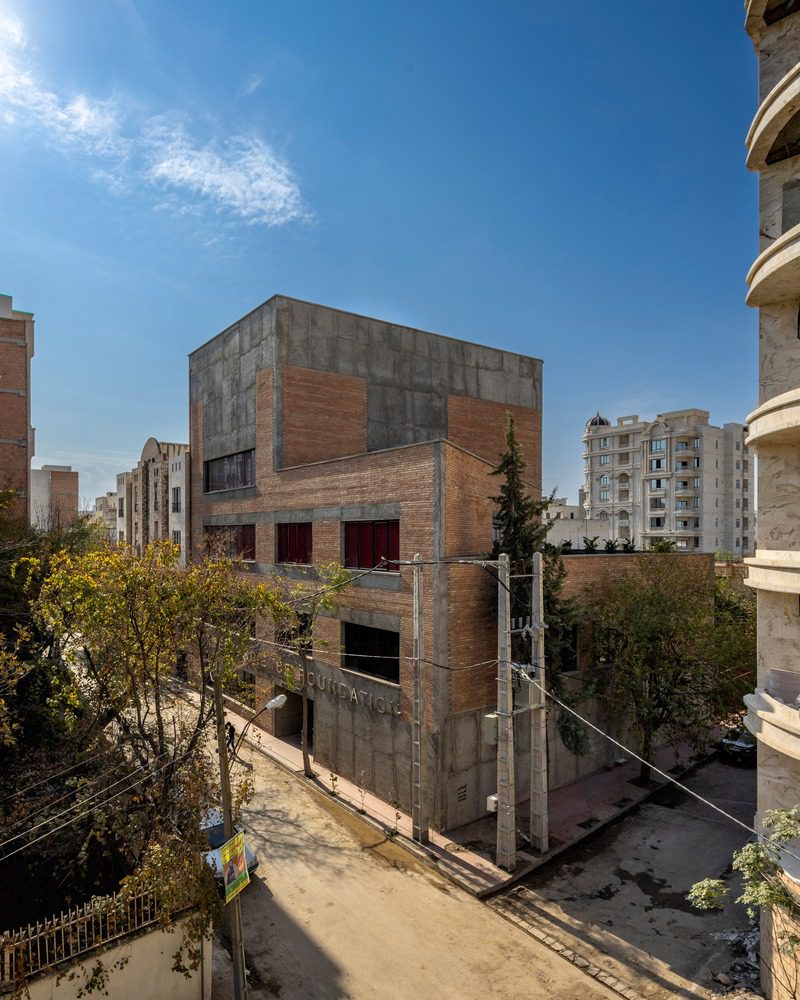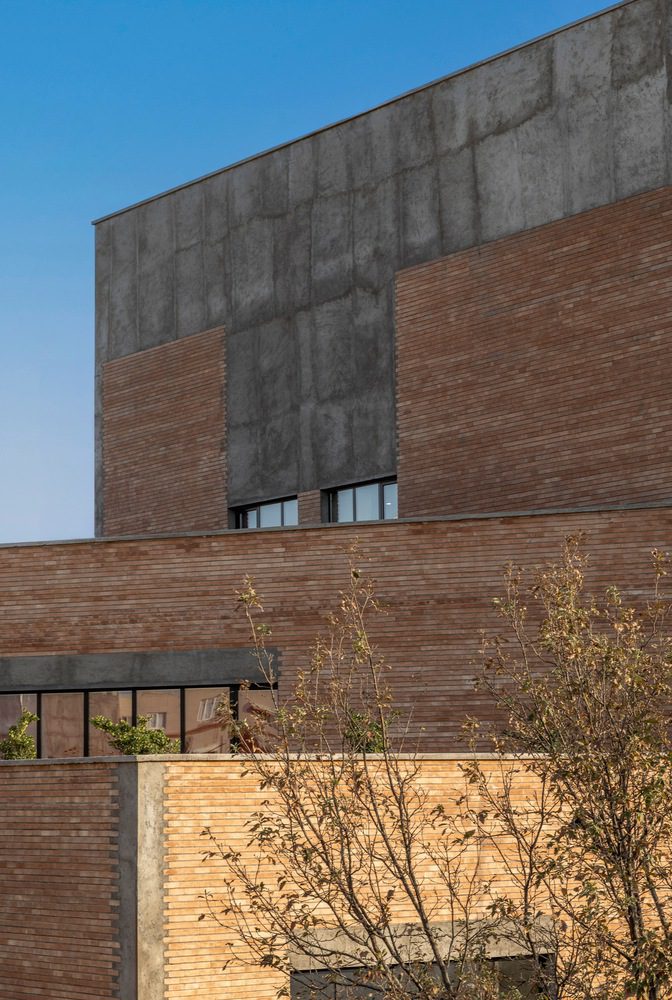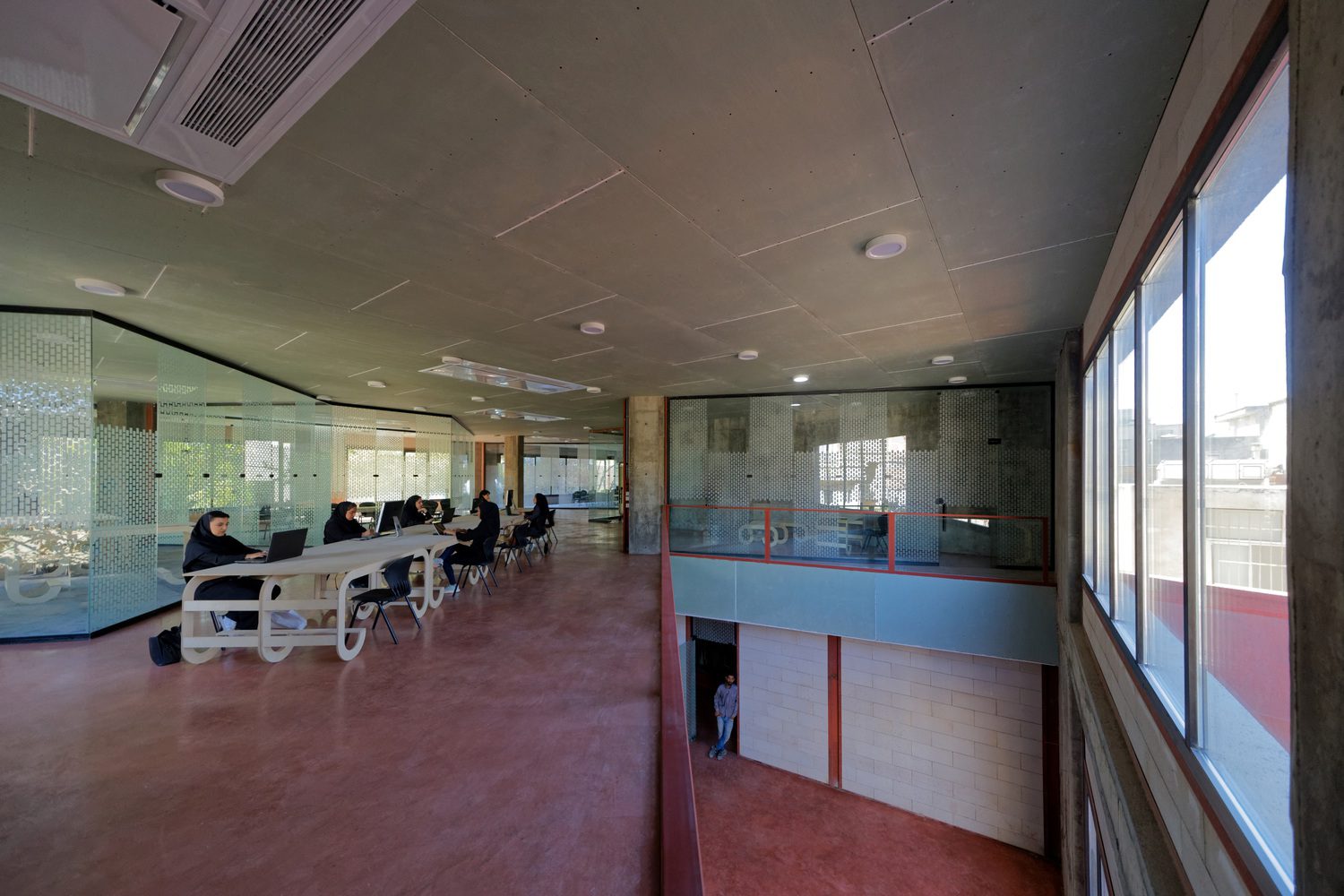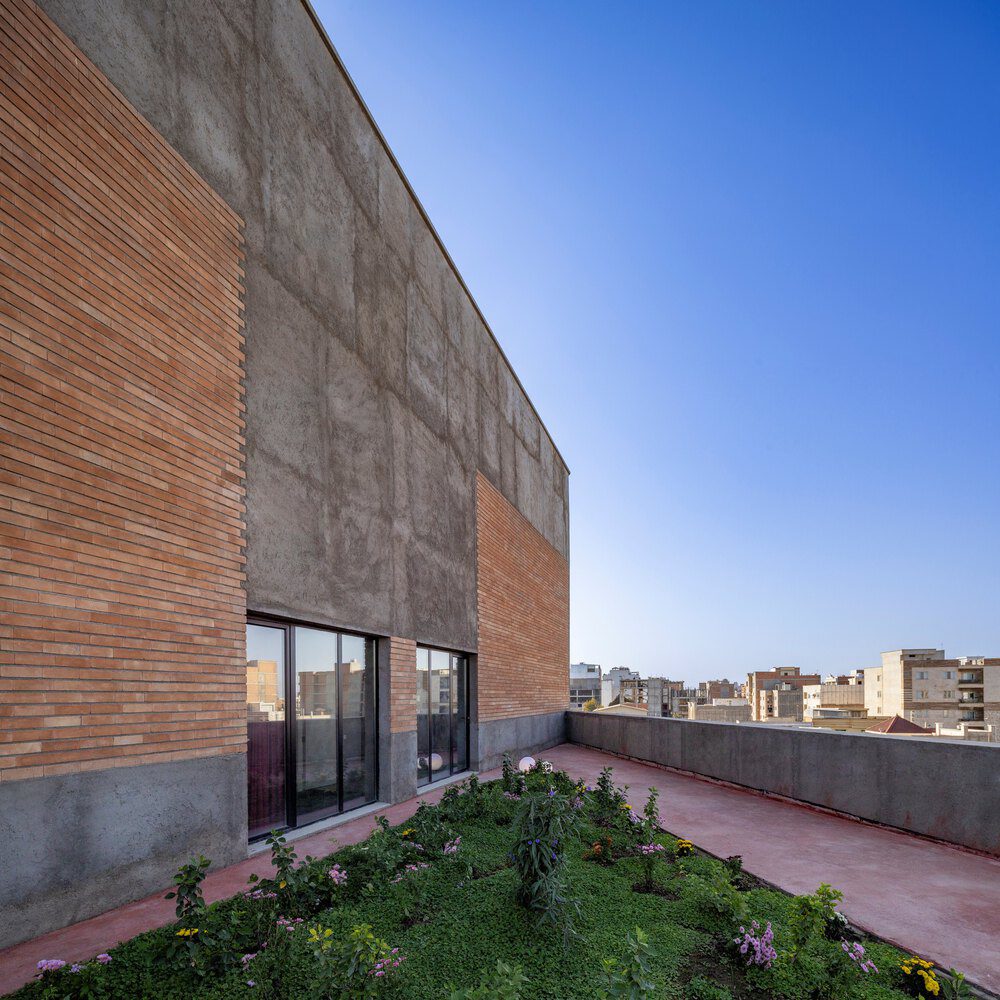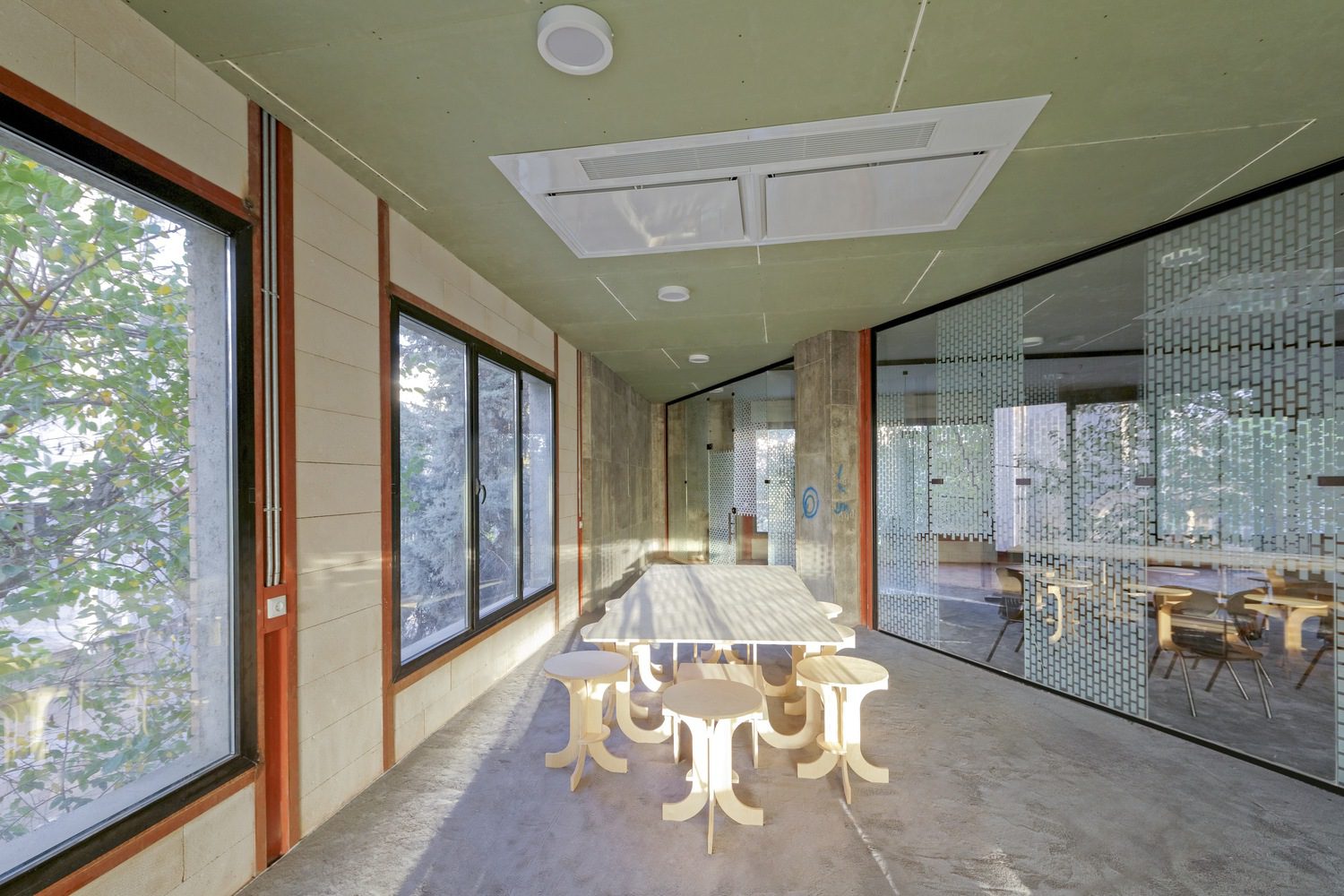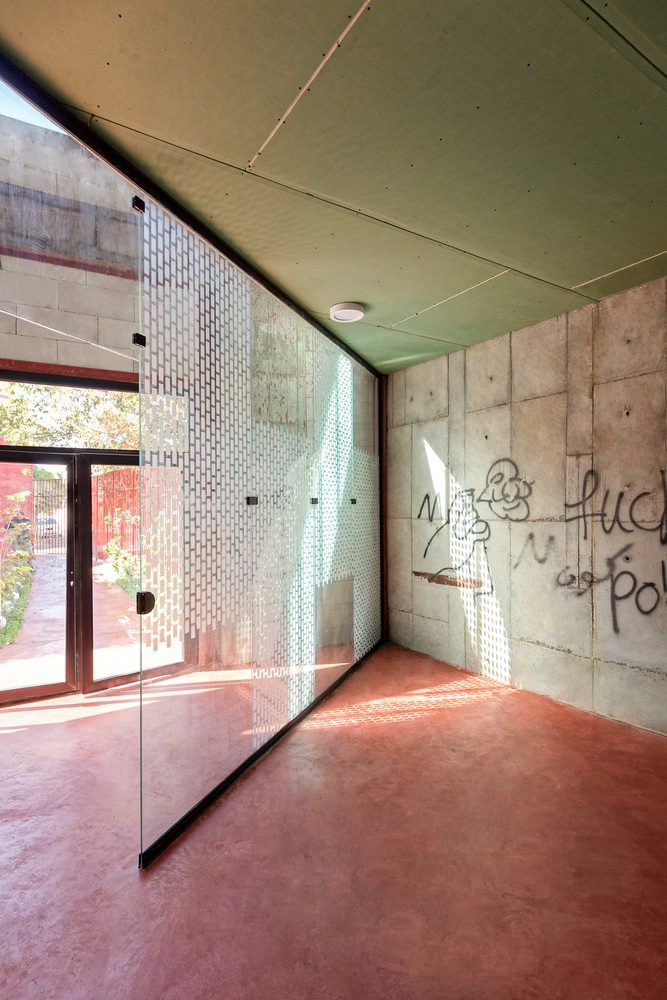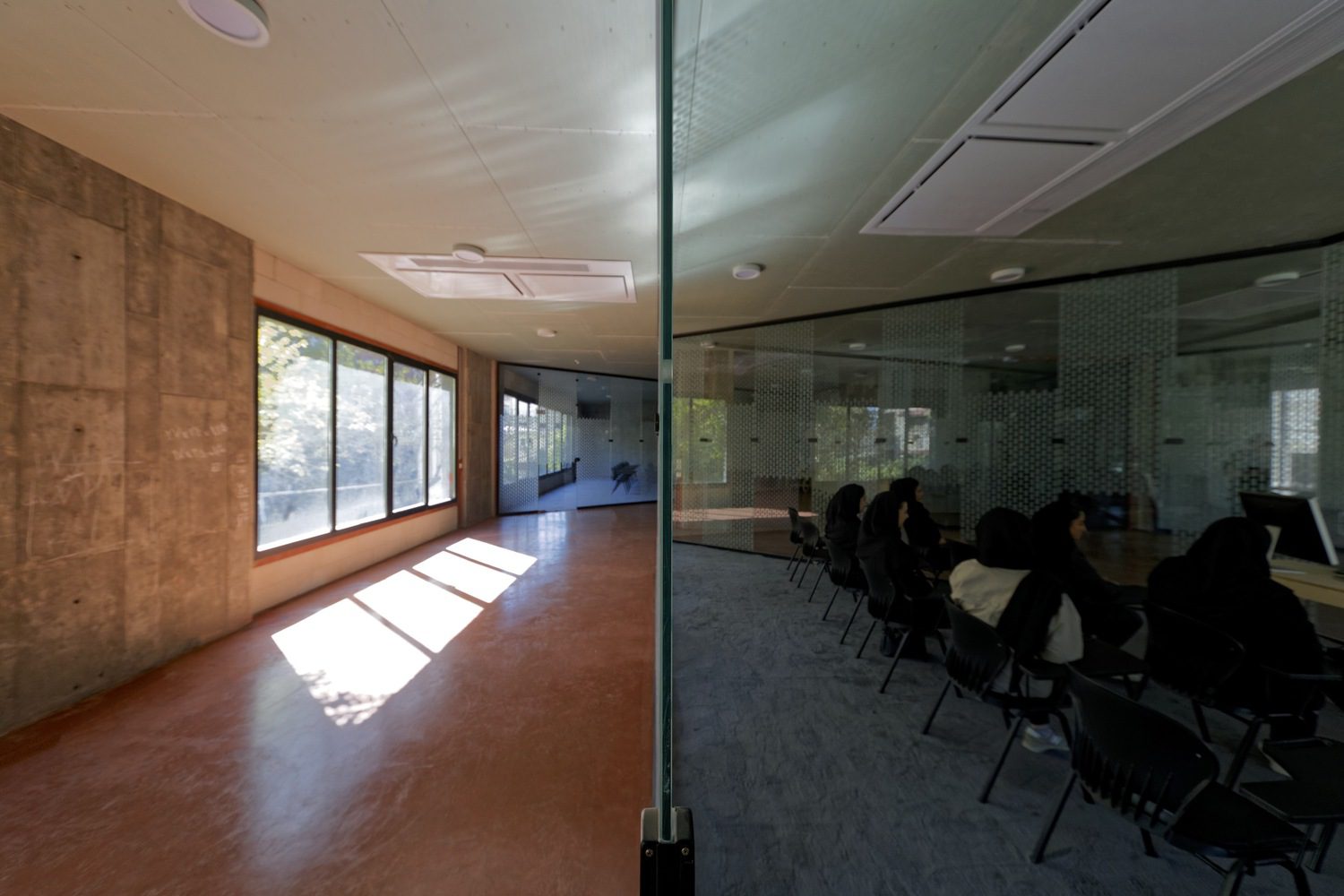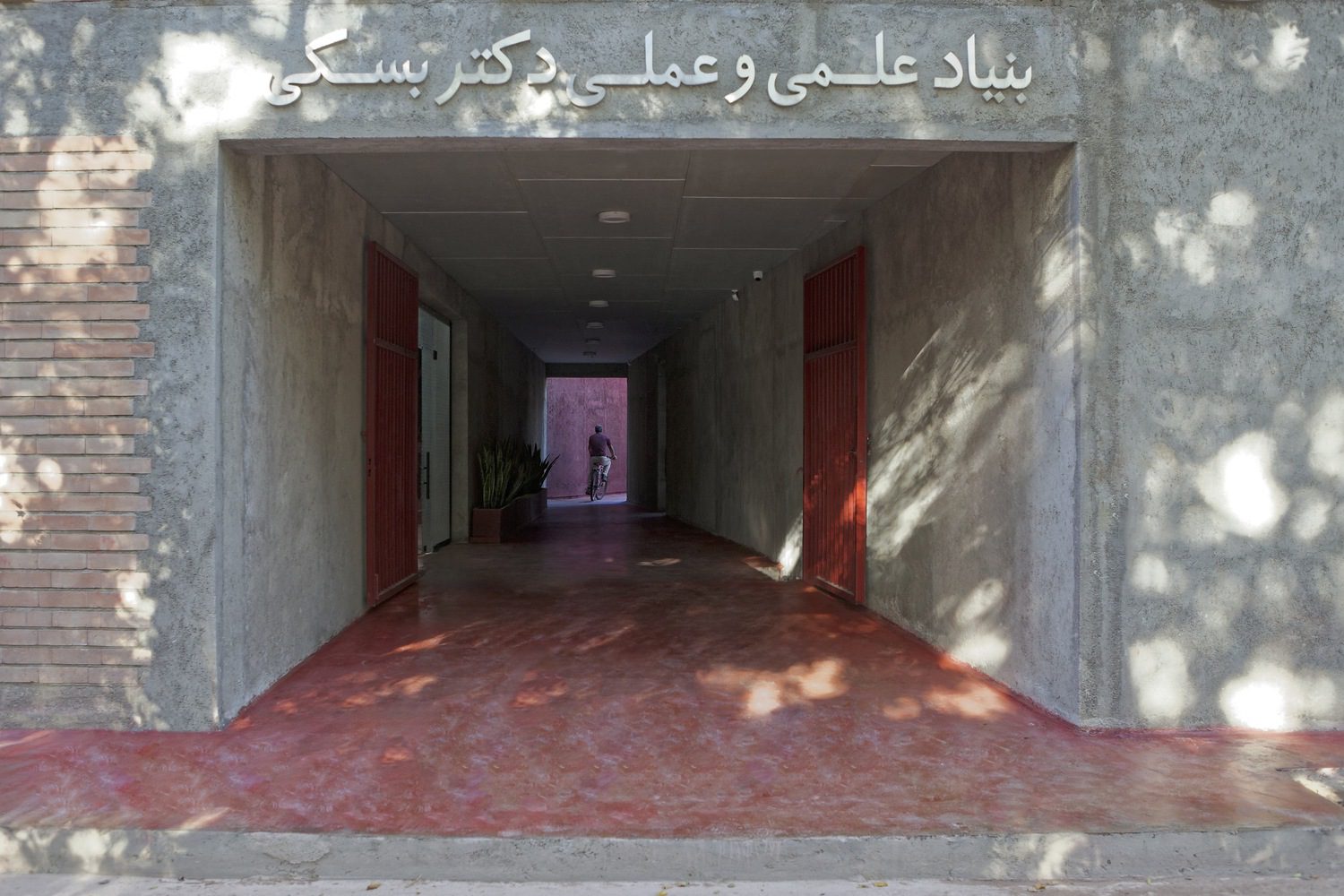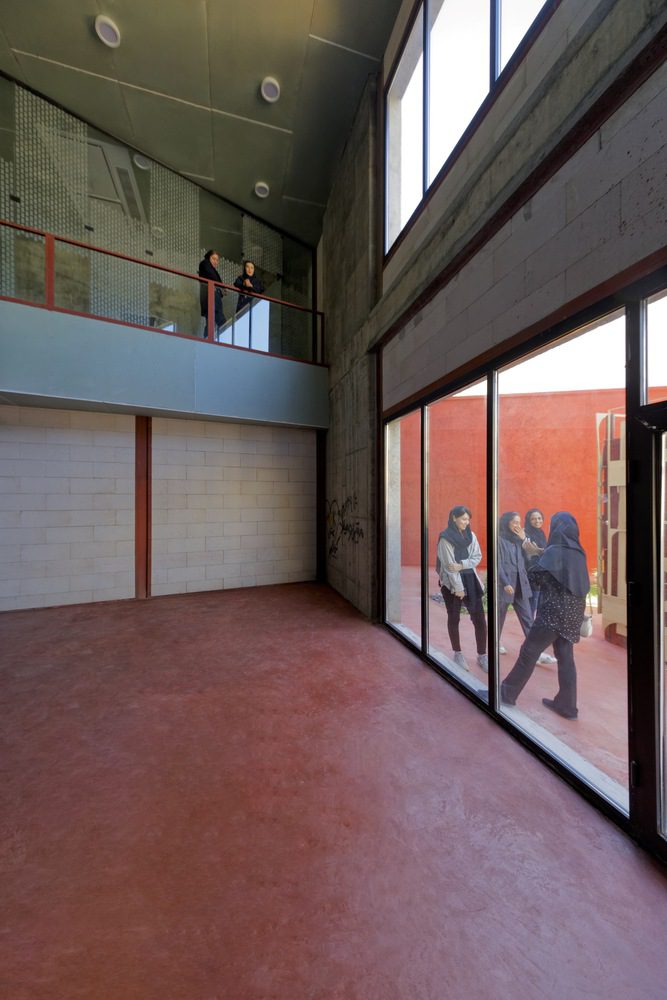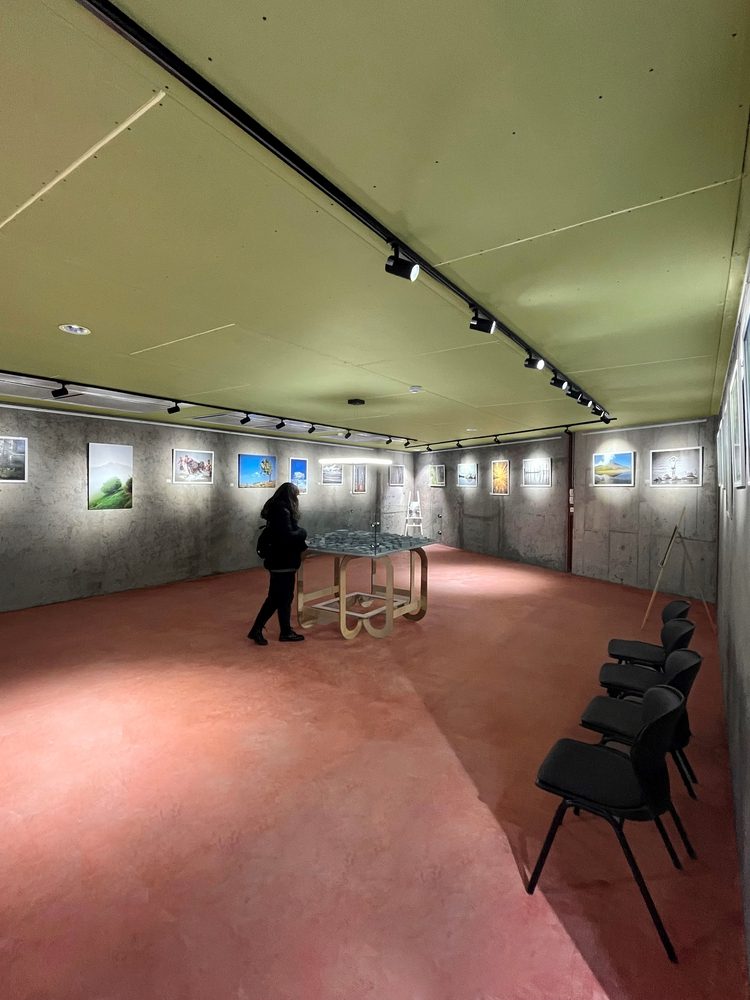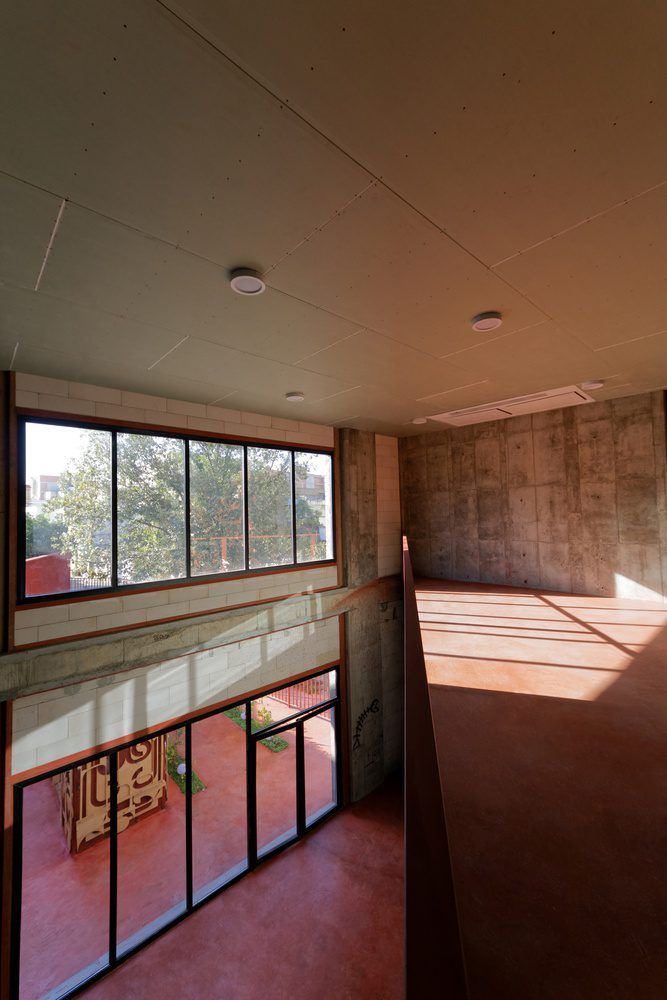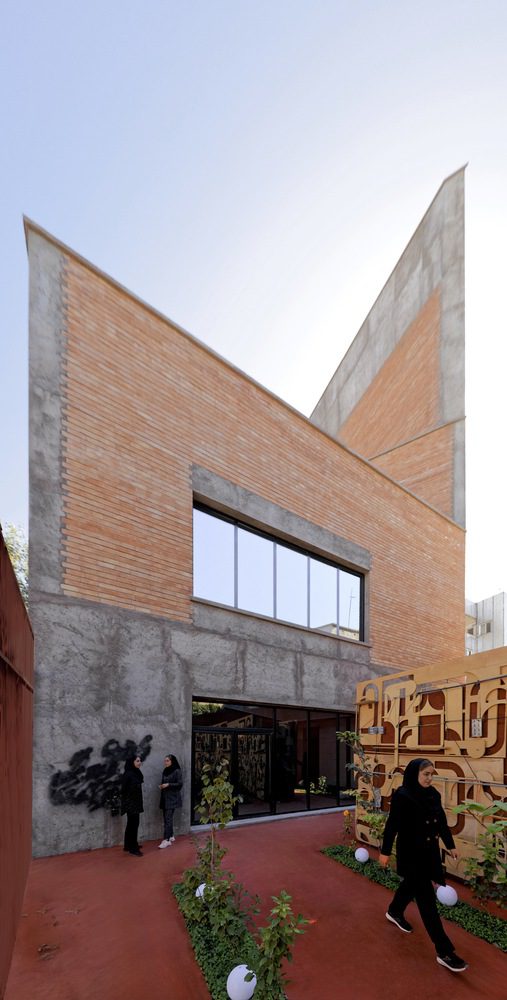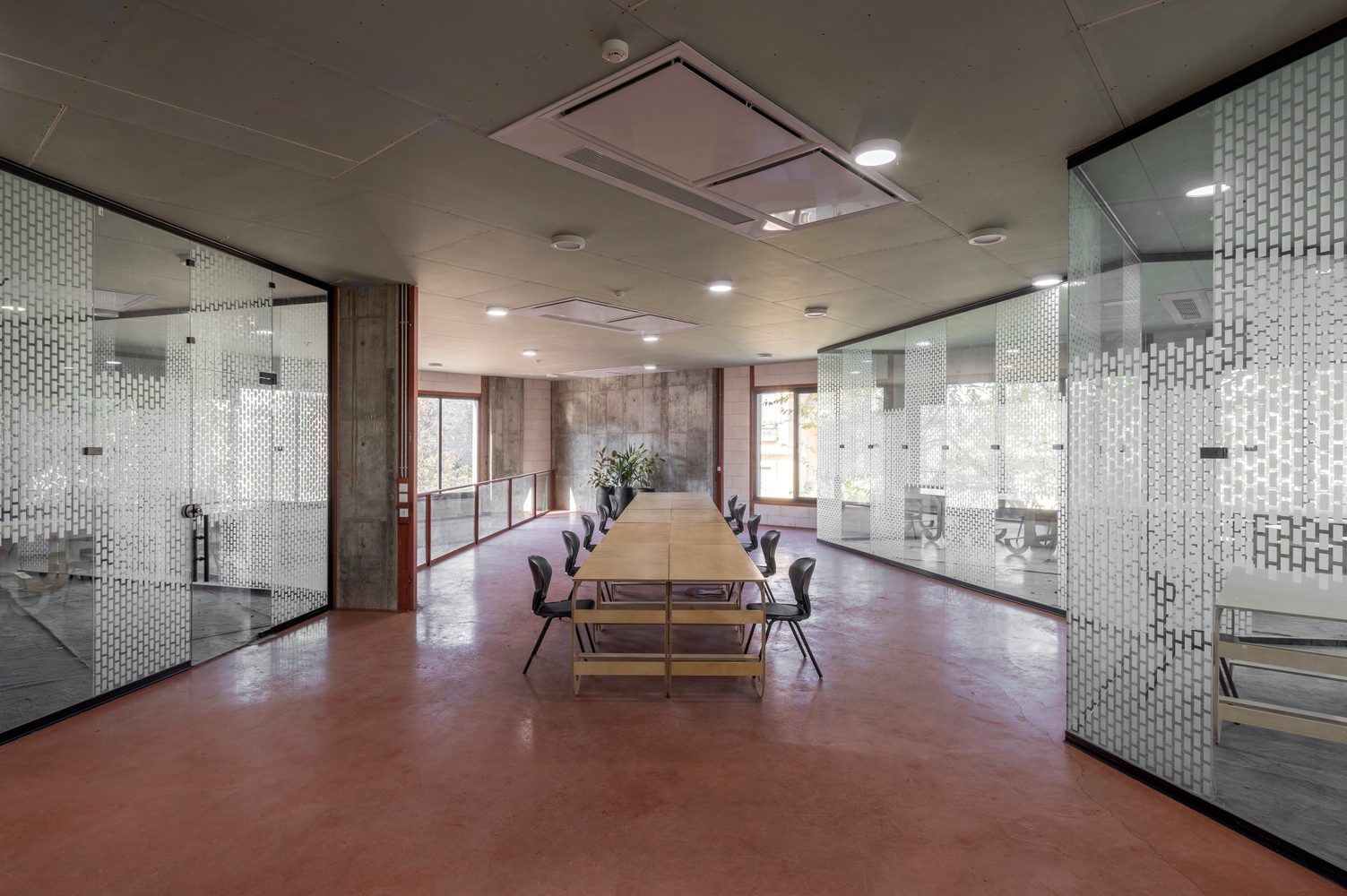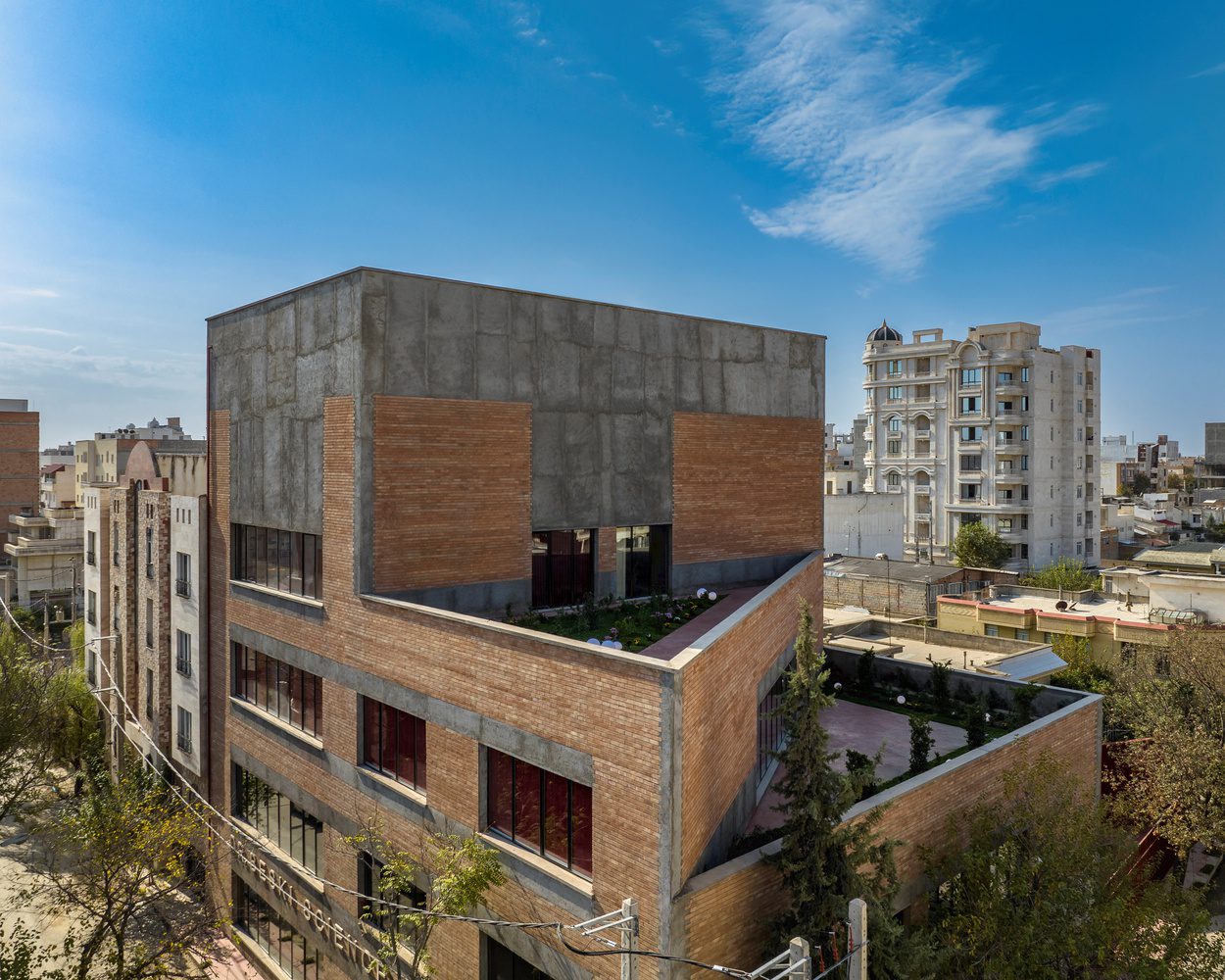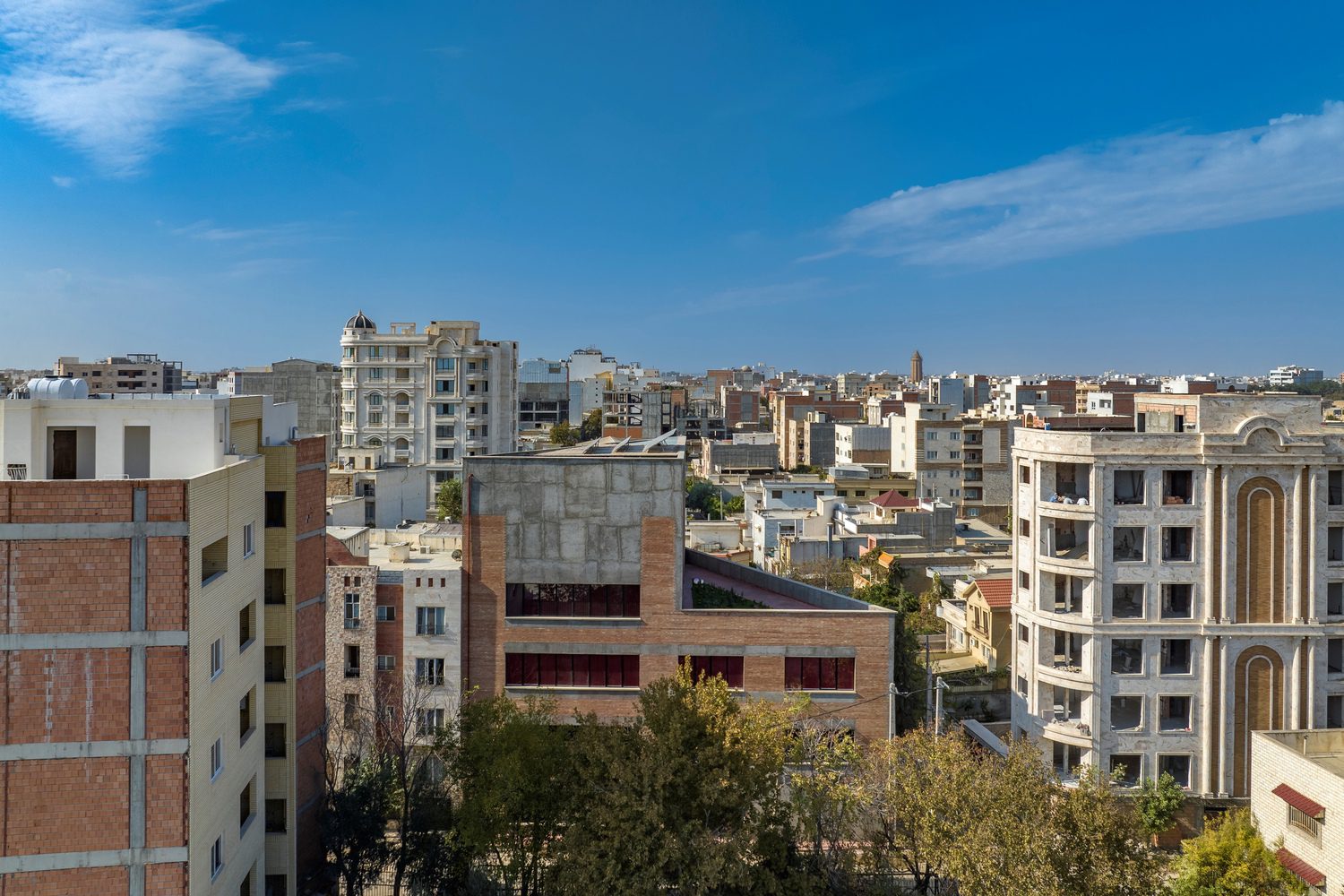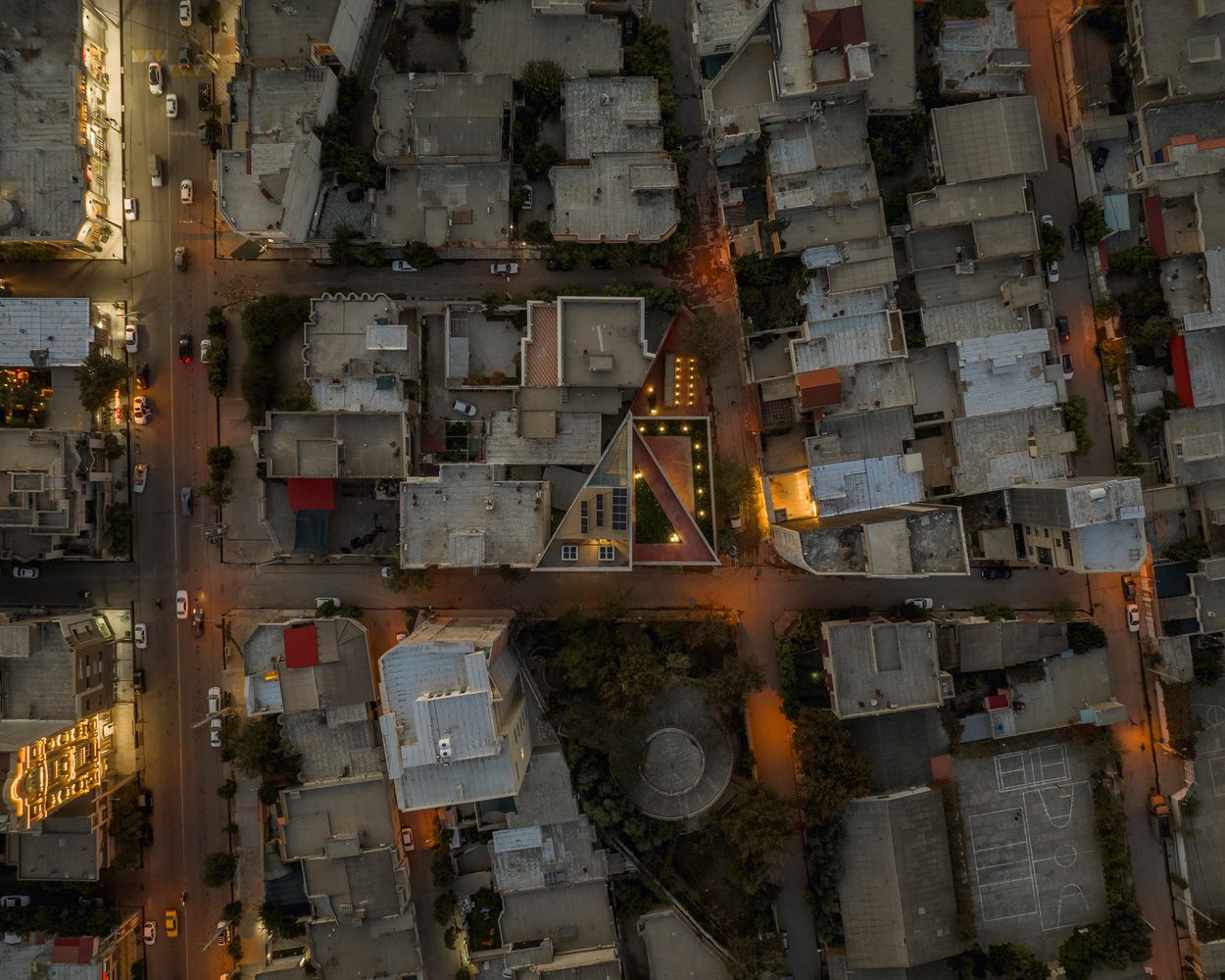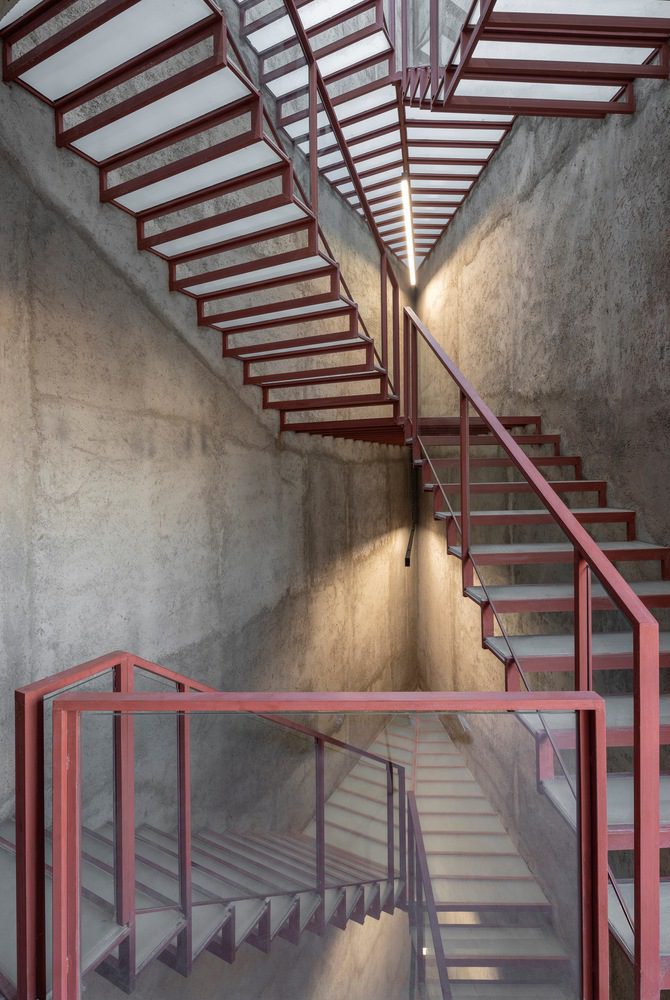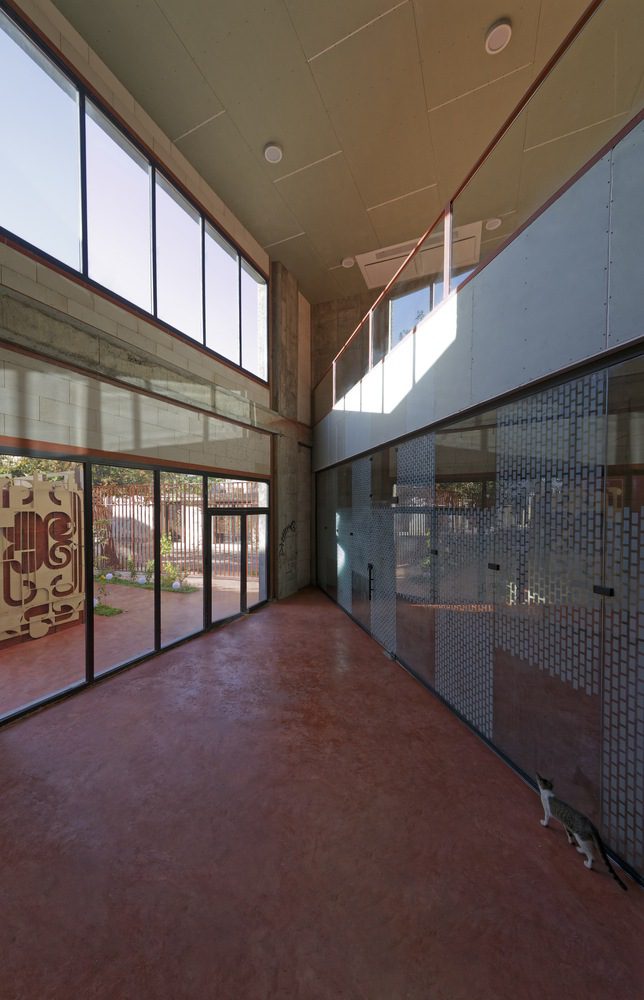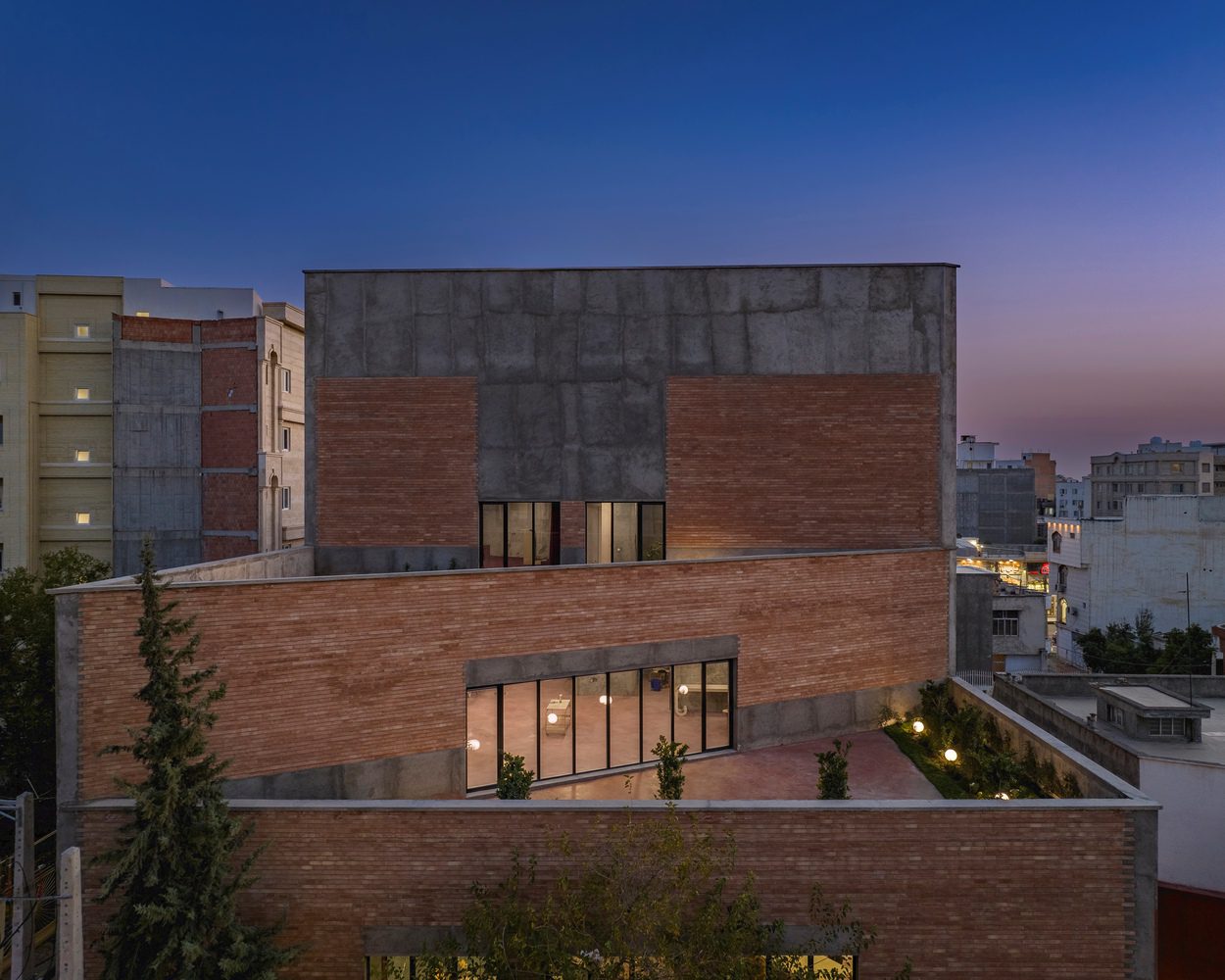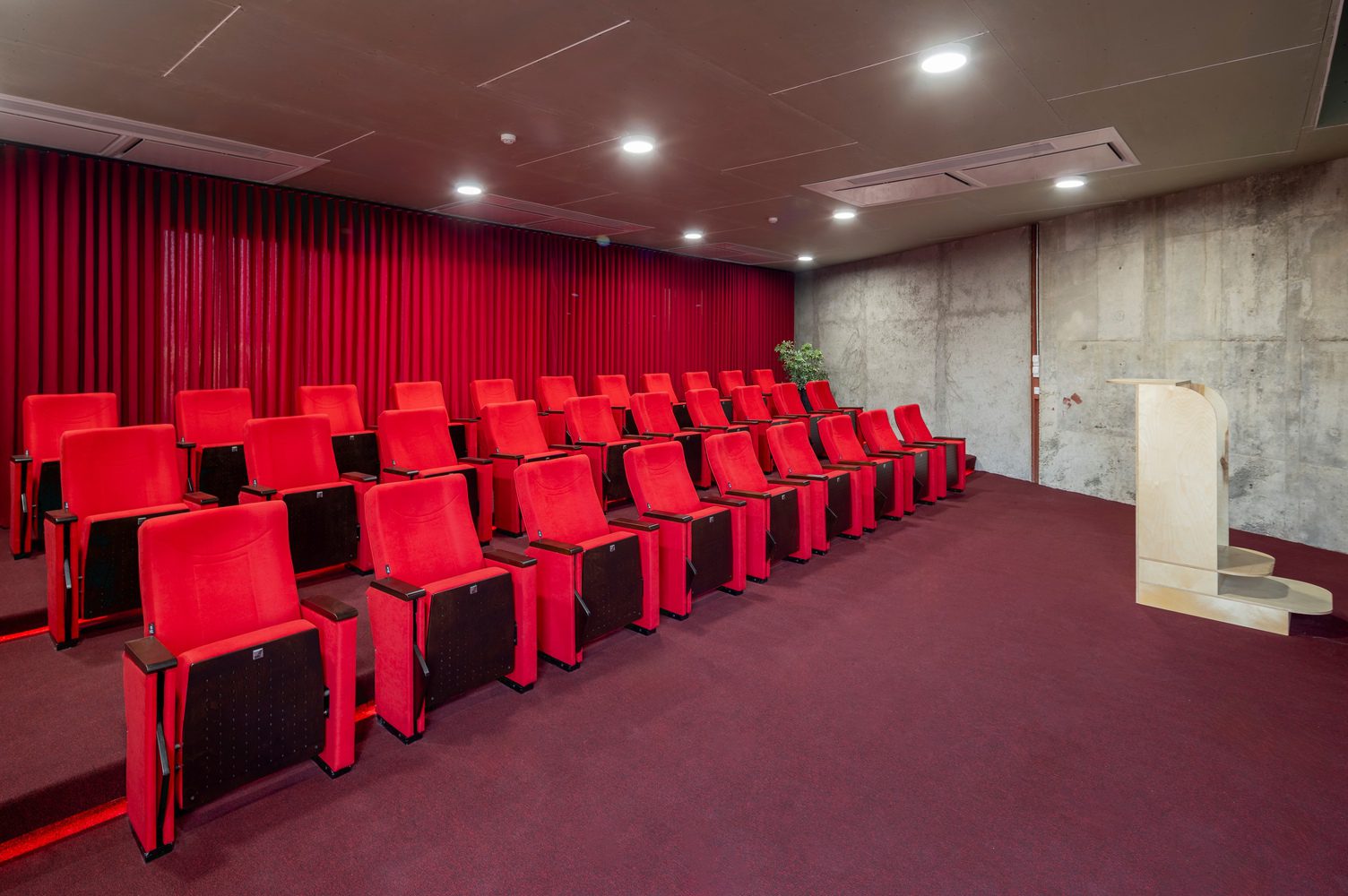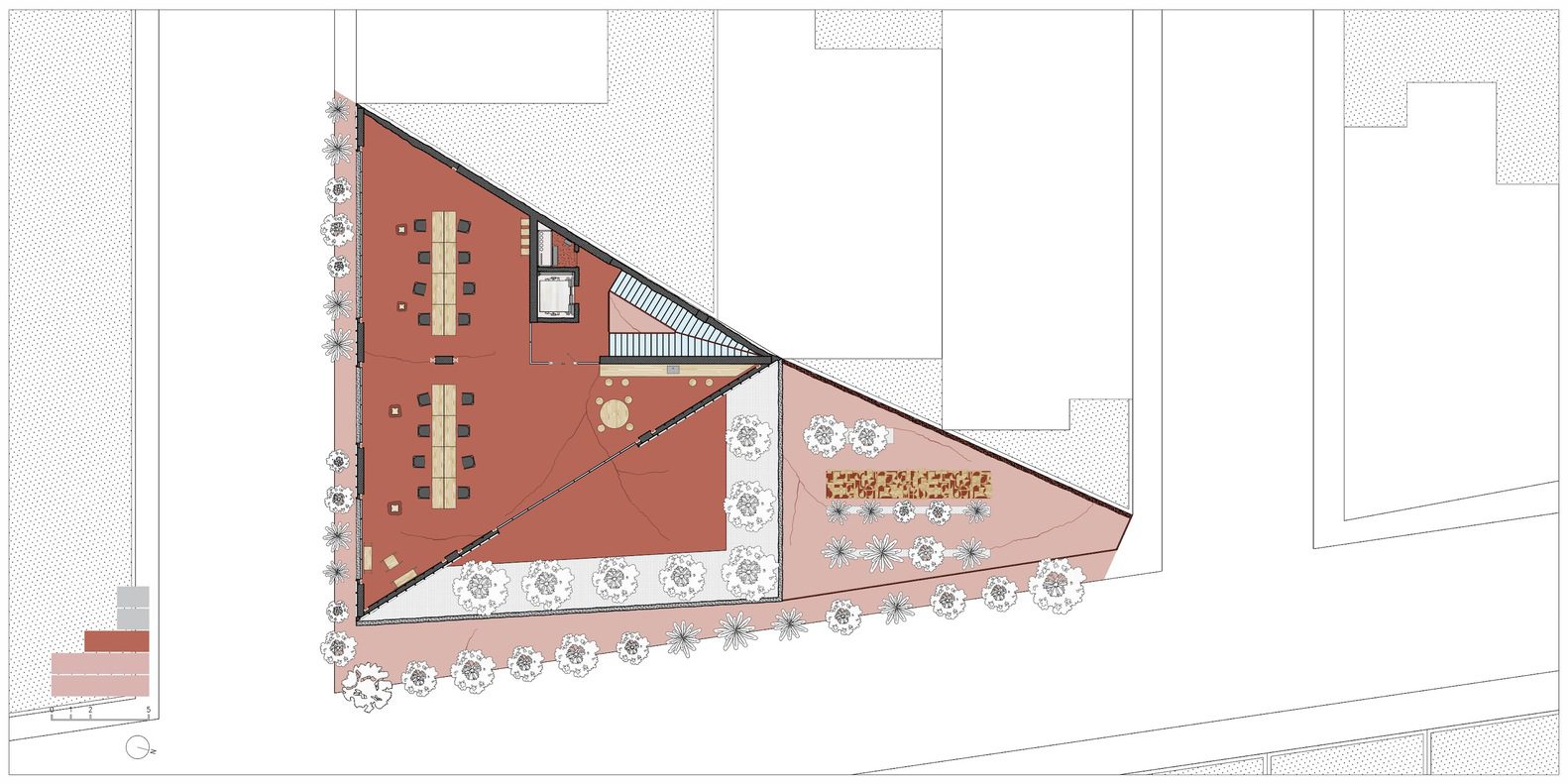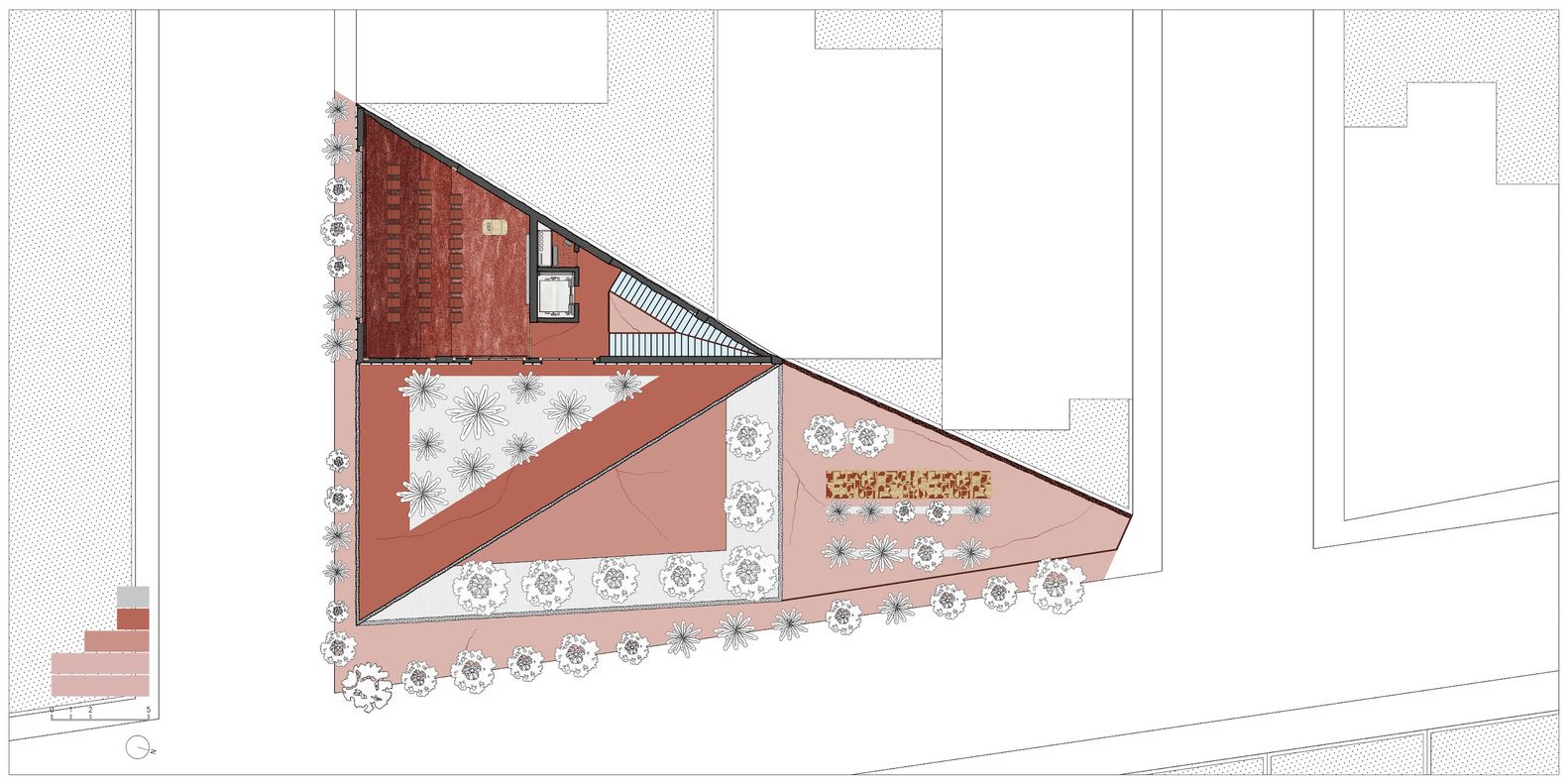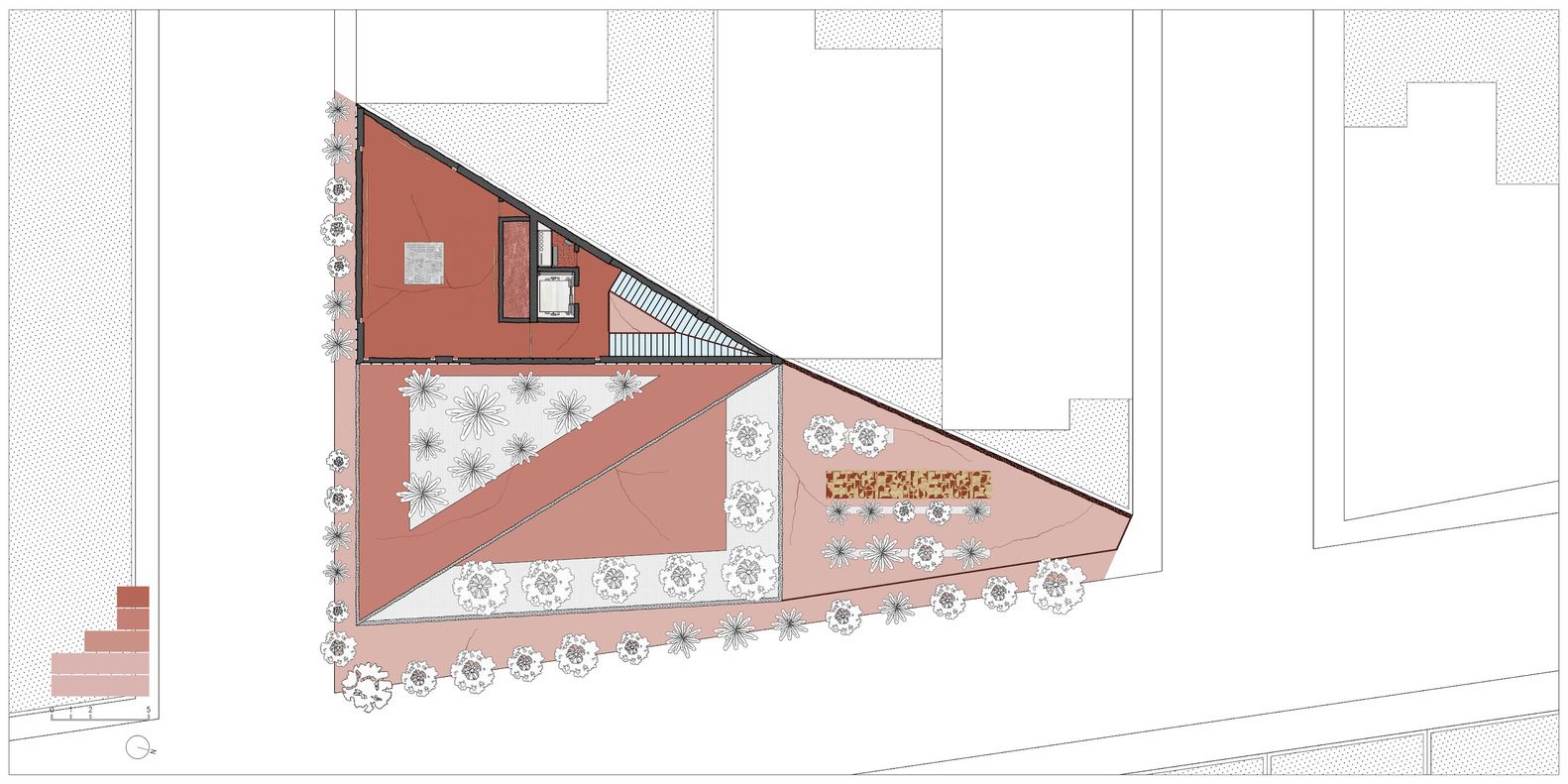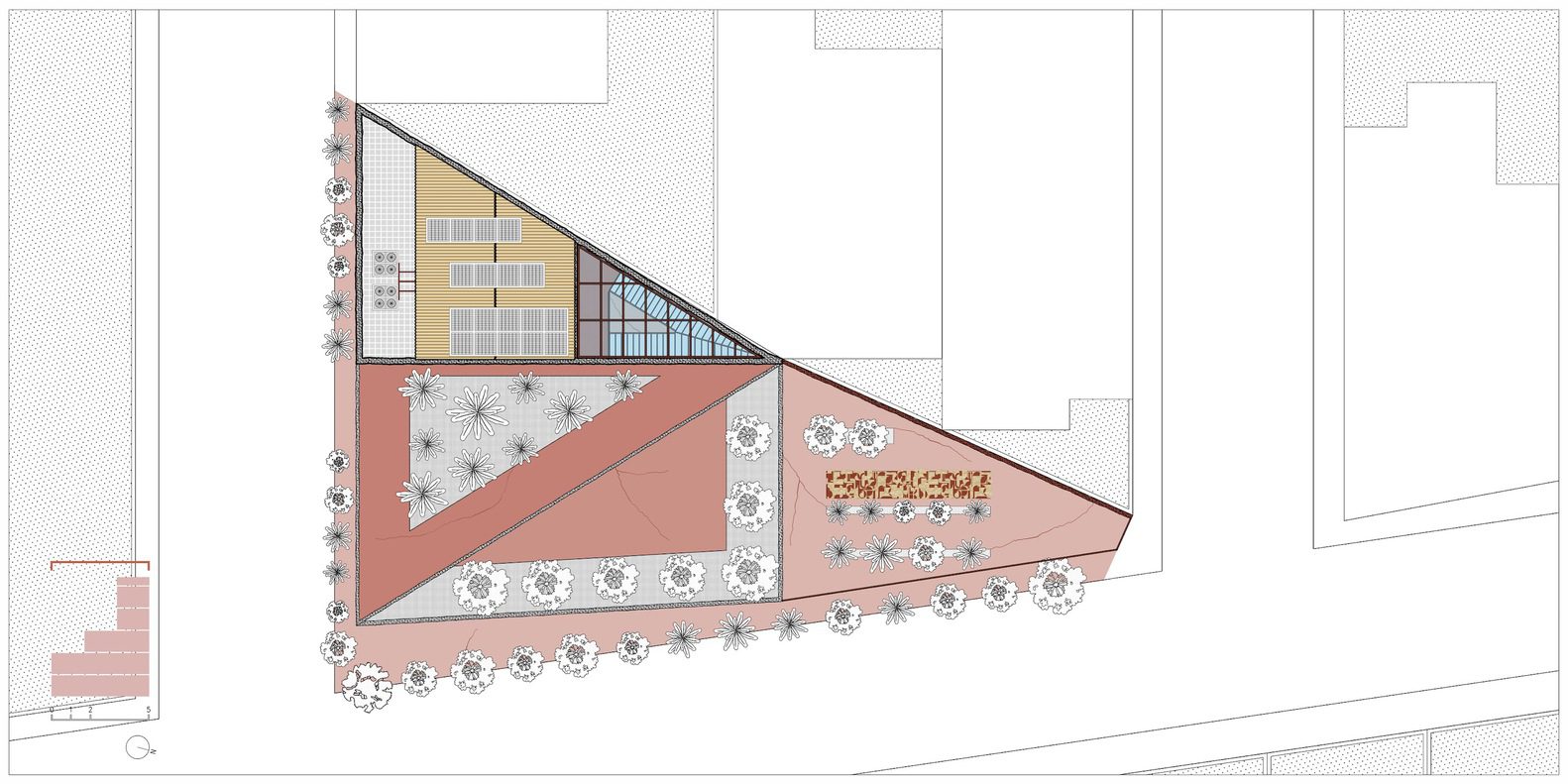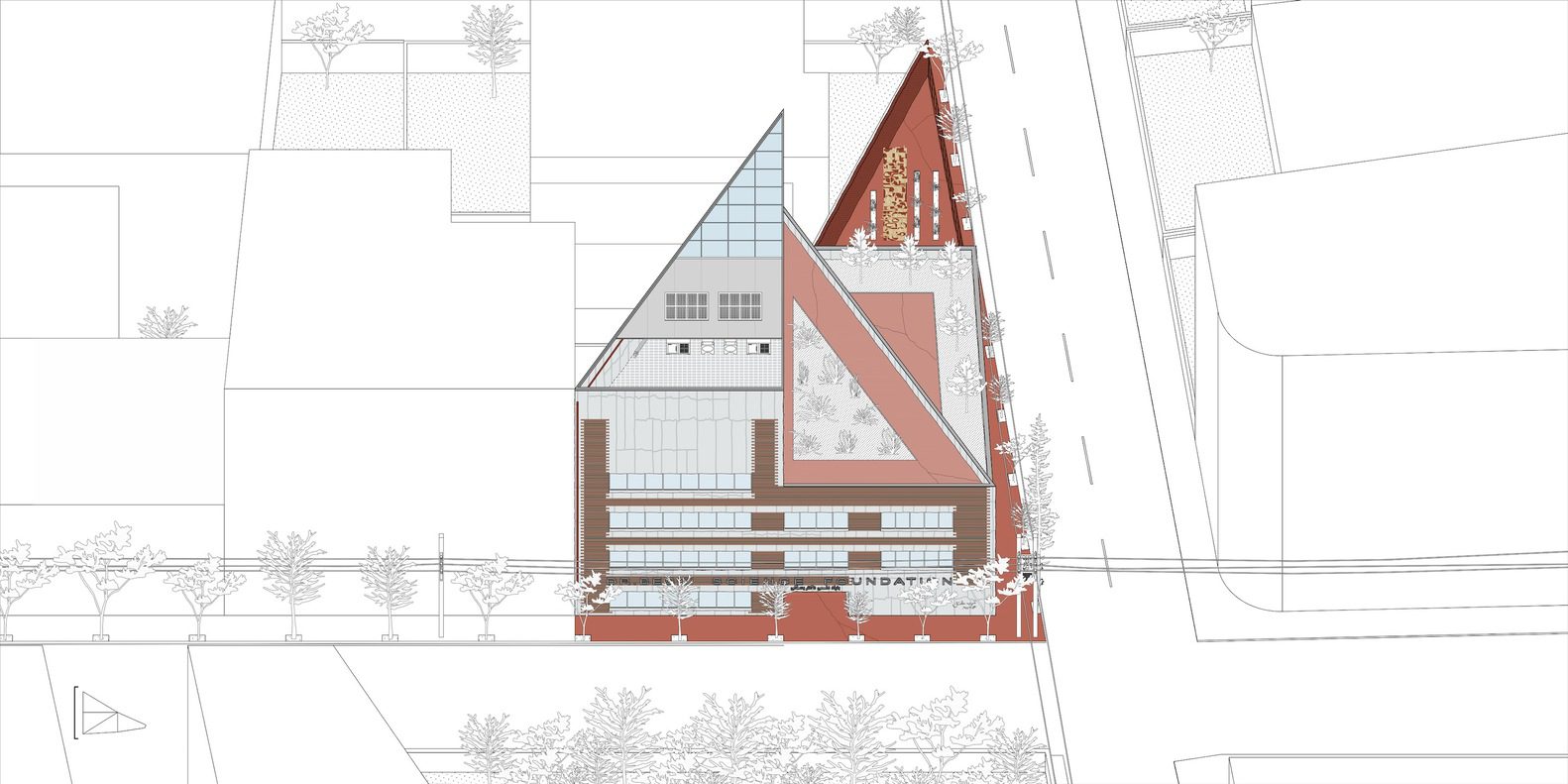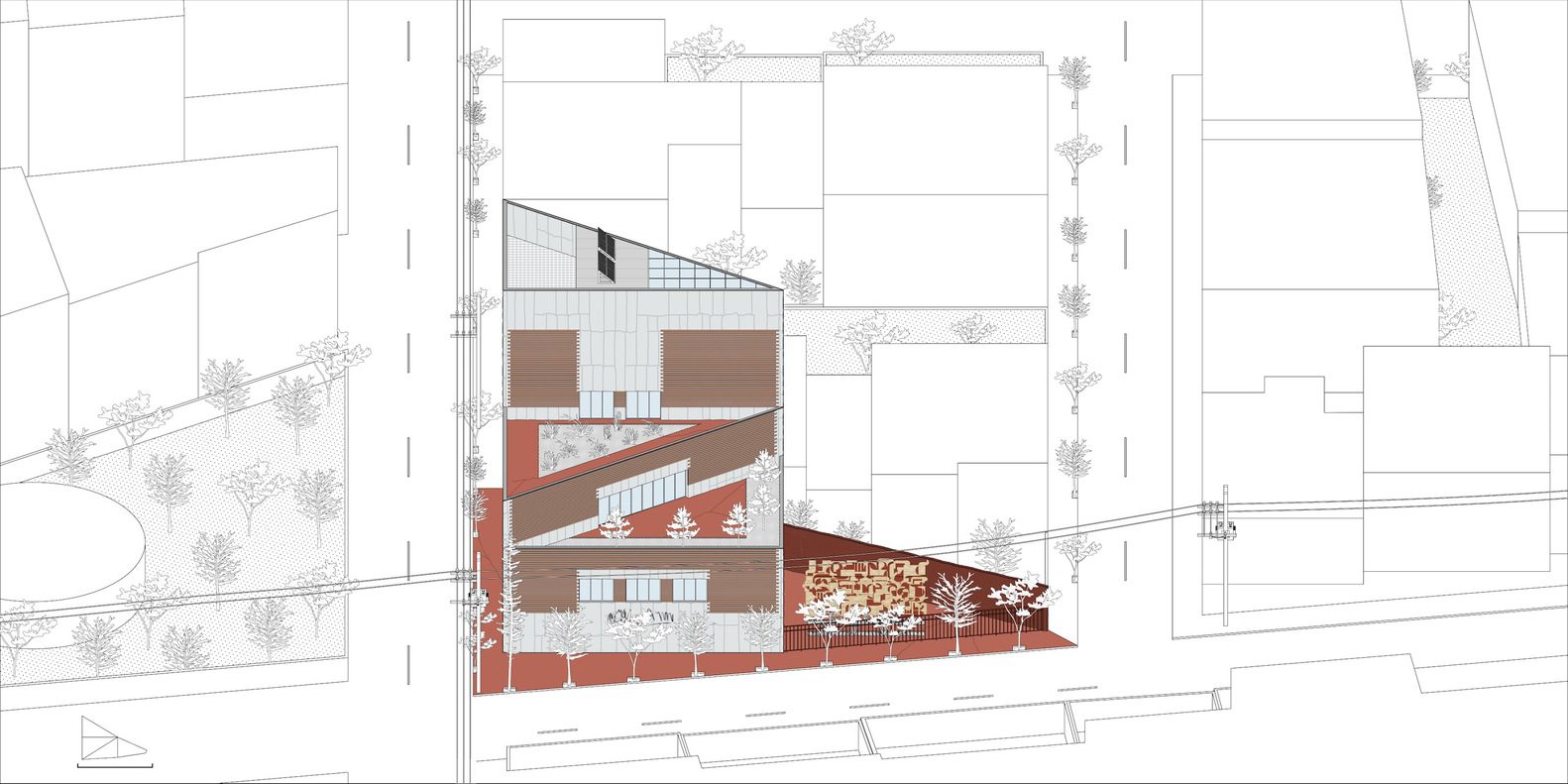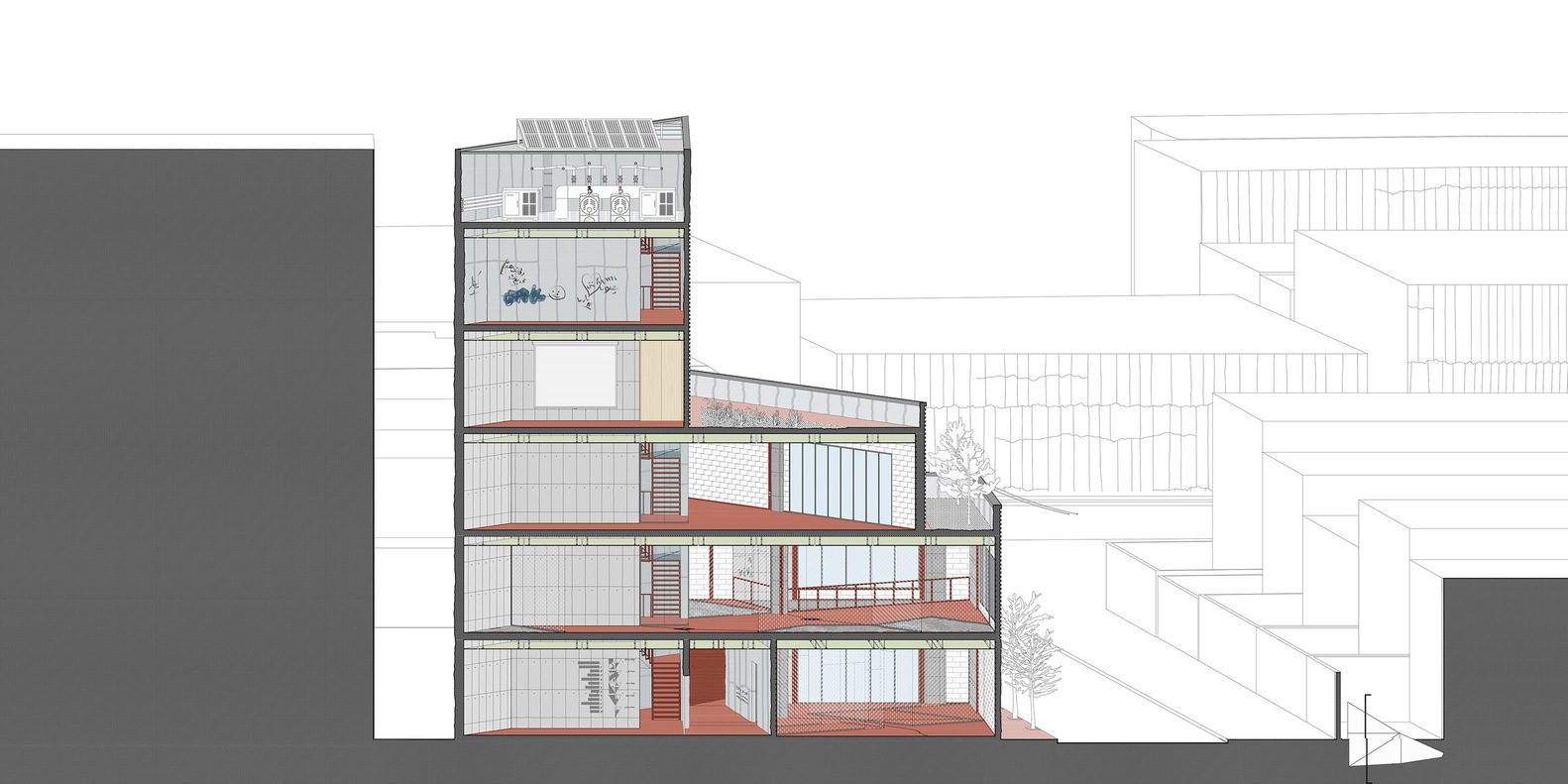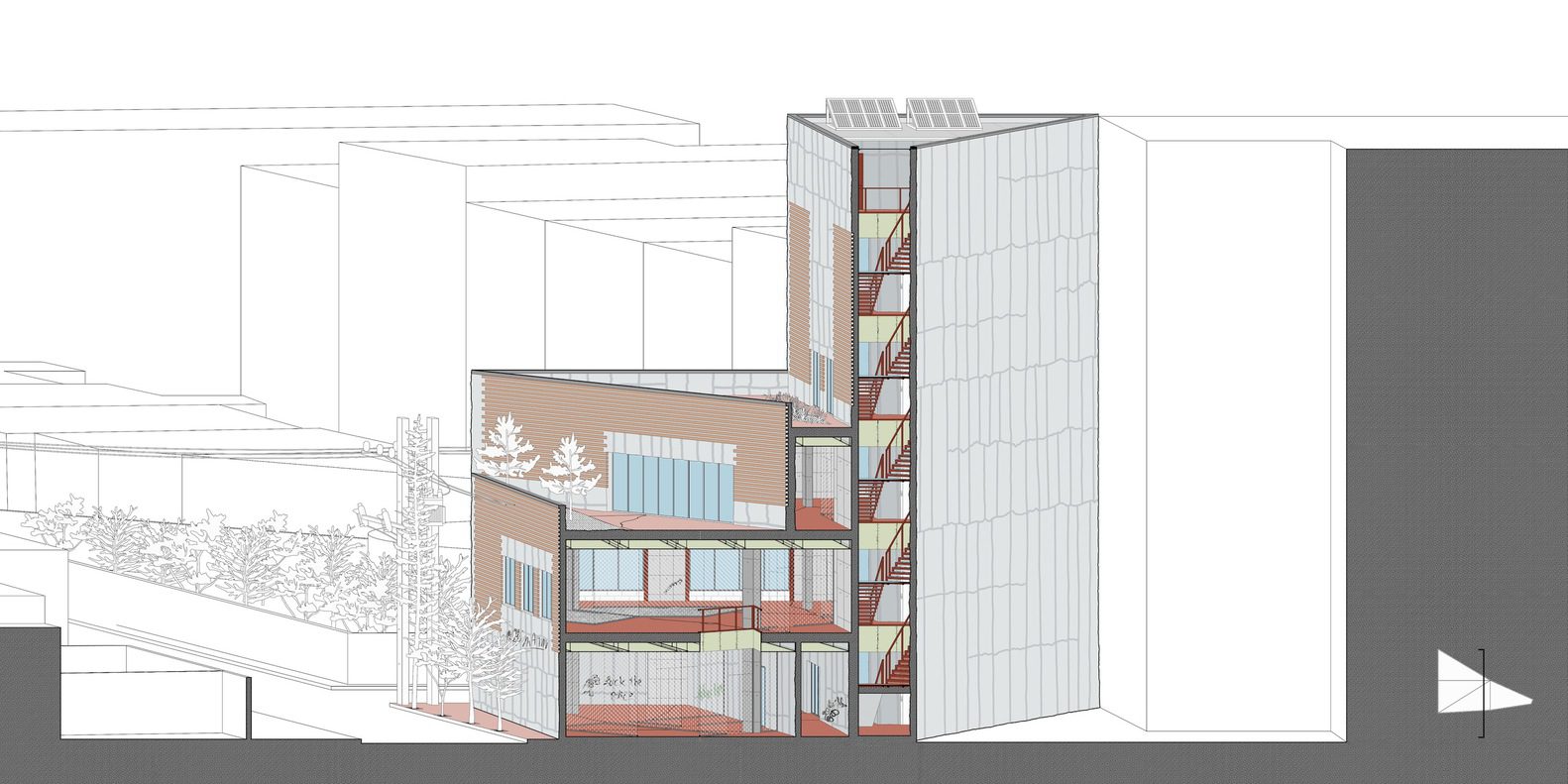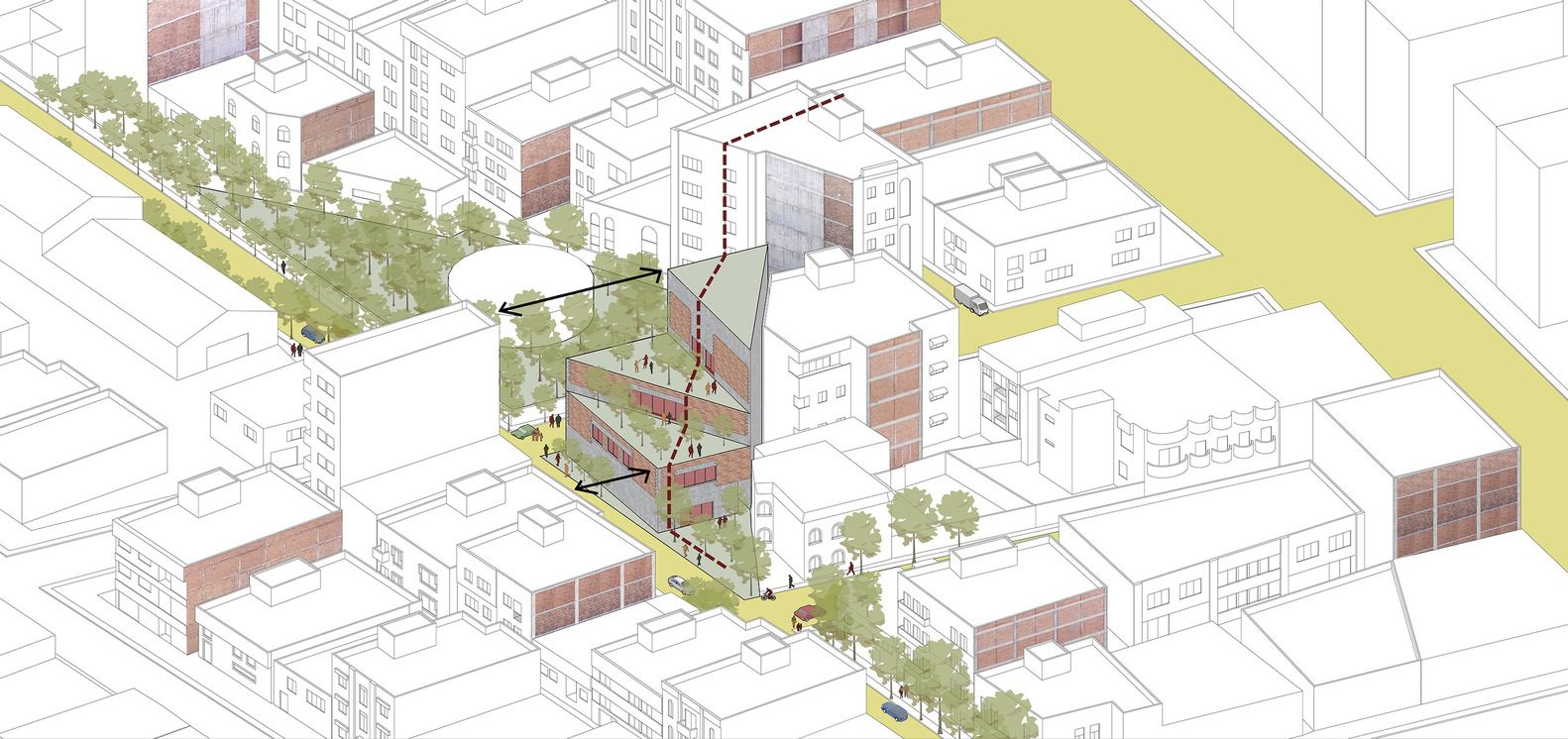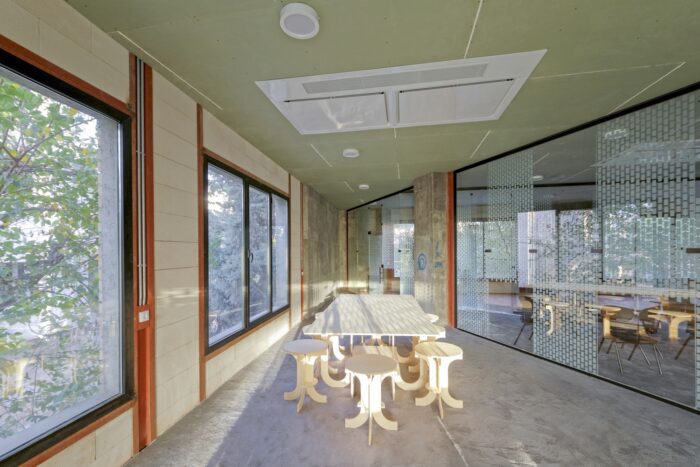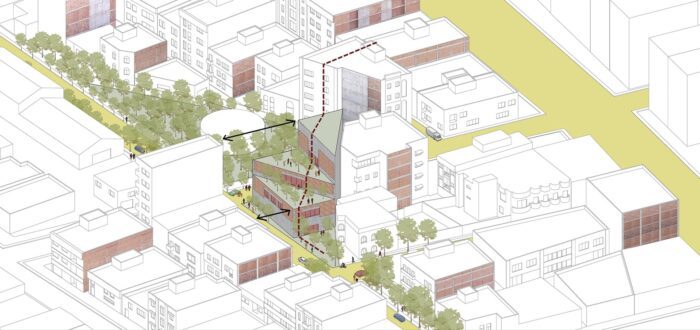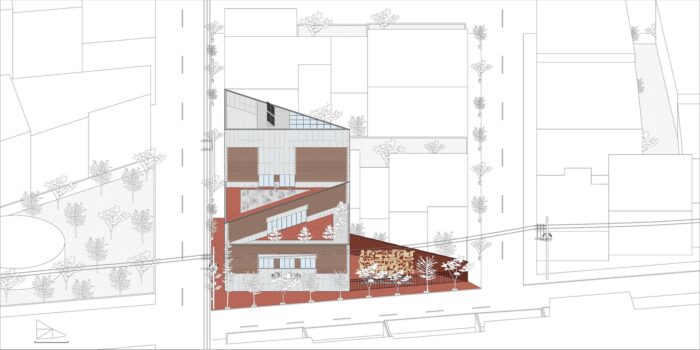Dr. Gholamali Beski (1931 – 2019) was an Iranian physician and environmentalist known as the “father of nature”. The Dr. Beski Science Foundation is an educational platform in Gonbad-e Kavus, a remote city near Iran’s north-eastern border with Turkmenistan. “The city needs versatile public and cultural spaces to support the development of its present and future urban life,” says ZAV Architects. To fulfill this need, the Dr. Beski Science Foundation offers adaptable spaces supporting various functions. The Foundation’s original purpose was to enhance Gonbad-e Kavus’s scientific profile by providing workshops, laboratories, and a small conference hall for students and researchers.
However, there were initial concerns about the viability of the project within a remote city that lacked urban spaces and concerns over Iran’s restrictive political environment. Questions arose whether or not the project would attract and retain students and researchers. Client and architects’ team a “more interdisciplinary and culturally vibrant approach” was needed, shifting the focus towards strengthening the local community.
The Dr. Beski Science Foundation is a versatile building, designed with open-plan floors that will meet the needs of various activities with minimal modifications, including educational workshops, professional gatherings, conferences, exhibitions, and co-working: the building’s flexible nature ensures it will remain relevant for its community of users. This flexibility extends to the Foundation’s construction and it promotes a circular economy approach similar to traditional Iranian resourcefulness. ZAV Architects calls this “the ‘grandmother’s’ circular economy,” explaining: “This model enhances the local social economy by transforming simple, available resources into valuable spaces.”
The grandmotherly approach sets much store by practicality and resource efficiency, viewing them in an aesthetically pleasing manner. “The project embraces available materials, local craftsmanship, site characteristics, and surrounding areas as resources that address the ultimate design,” says ZAV. “Buildings in Gonbad typically use a concrete frame and clay block infill and commonly feature unfinished side facades with rough cement finishes. This building intentionally mirrors the city’s facades, demonstrating that even unfinished resources can inspire unconventional designs.” “The project adopts ‘honest tectonics’ and ‘imperfect aesthetics’,”.
-
Architects: ZAV Architects
- Country: Iran
- Area: 1000 m²
- Year: 2023
-
Photographs: Parham Taghioff, Soroush Majidi, Payman Barkhordari, Fateme Rez
-
Manufacturers: Ajor Heydari, Knauf
-
Lead Architects: Mohamadreza Ghodousi, Fateme Rezaei Fakhr, Golnaz Bahrami
-
Structure Engineers: Nobon Group
